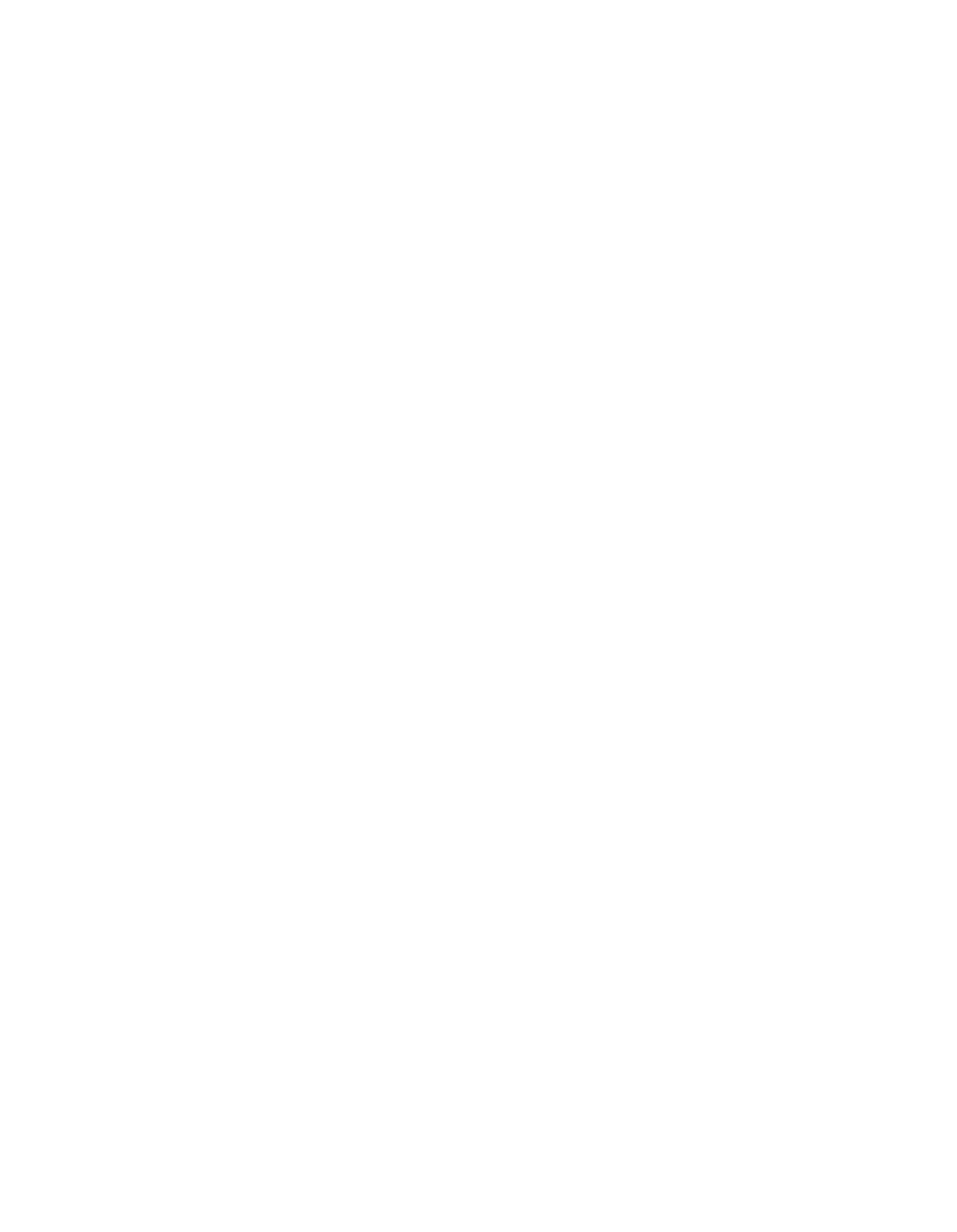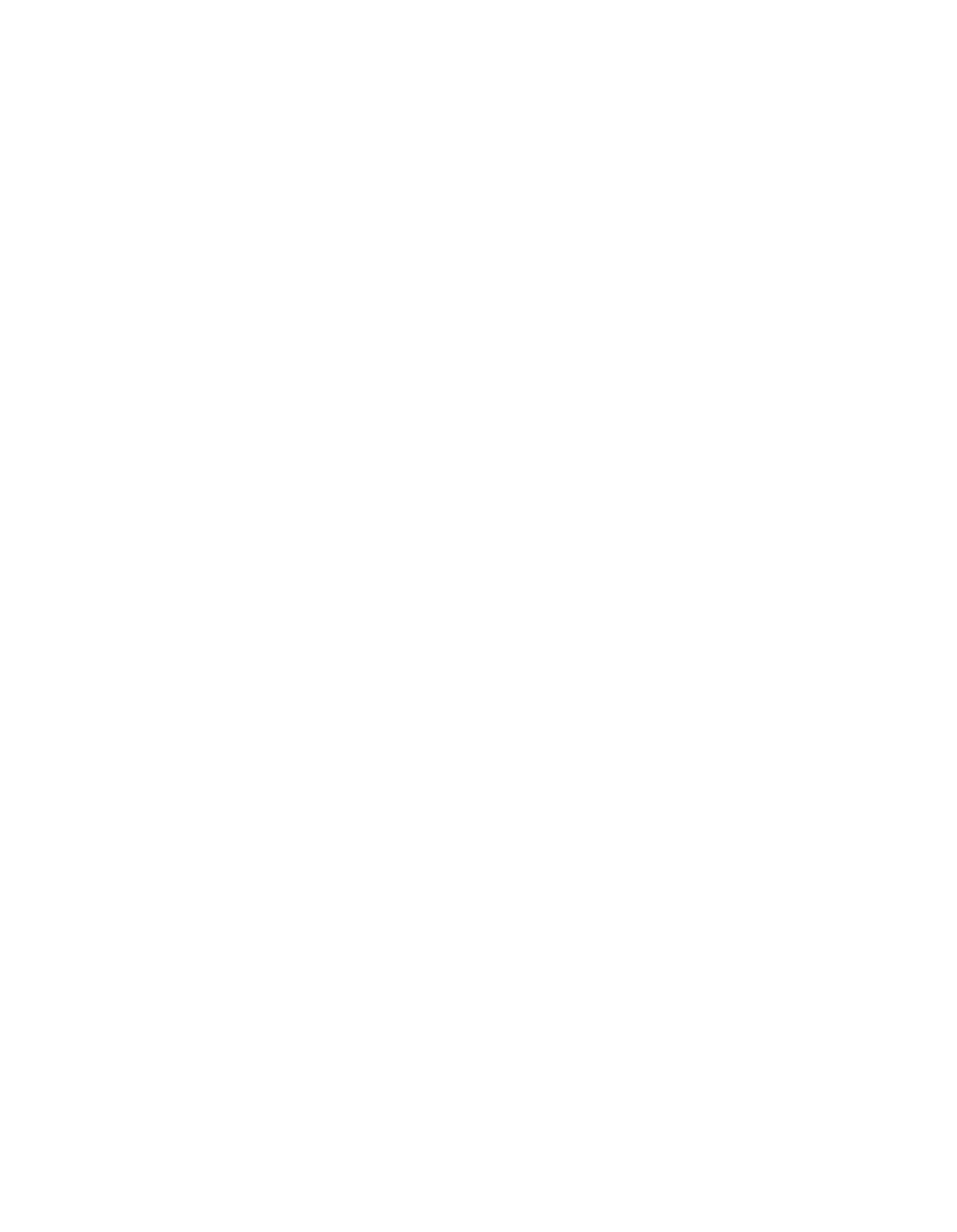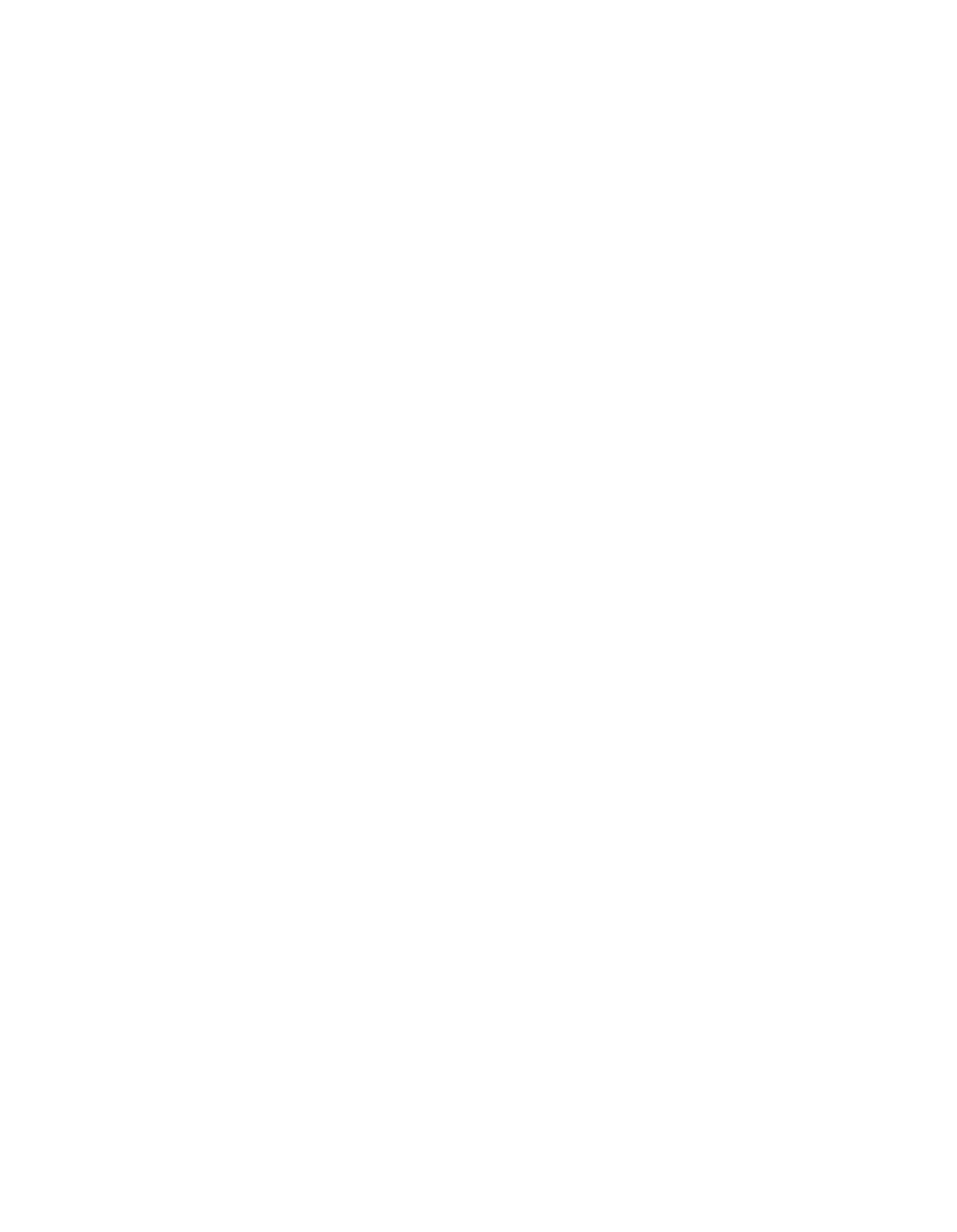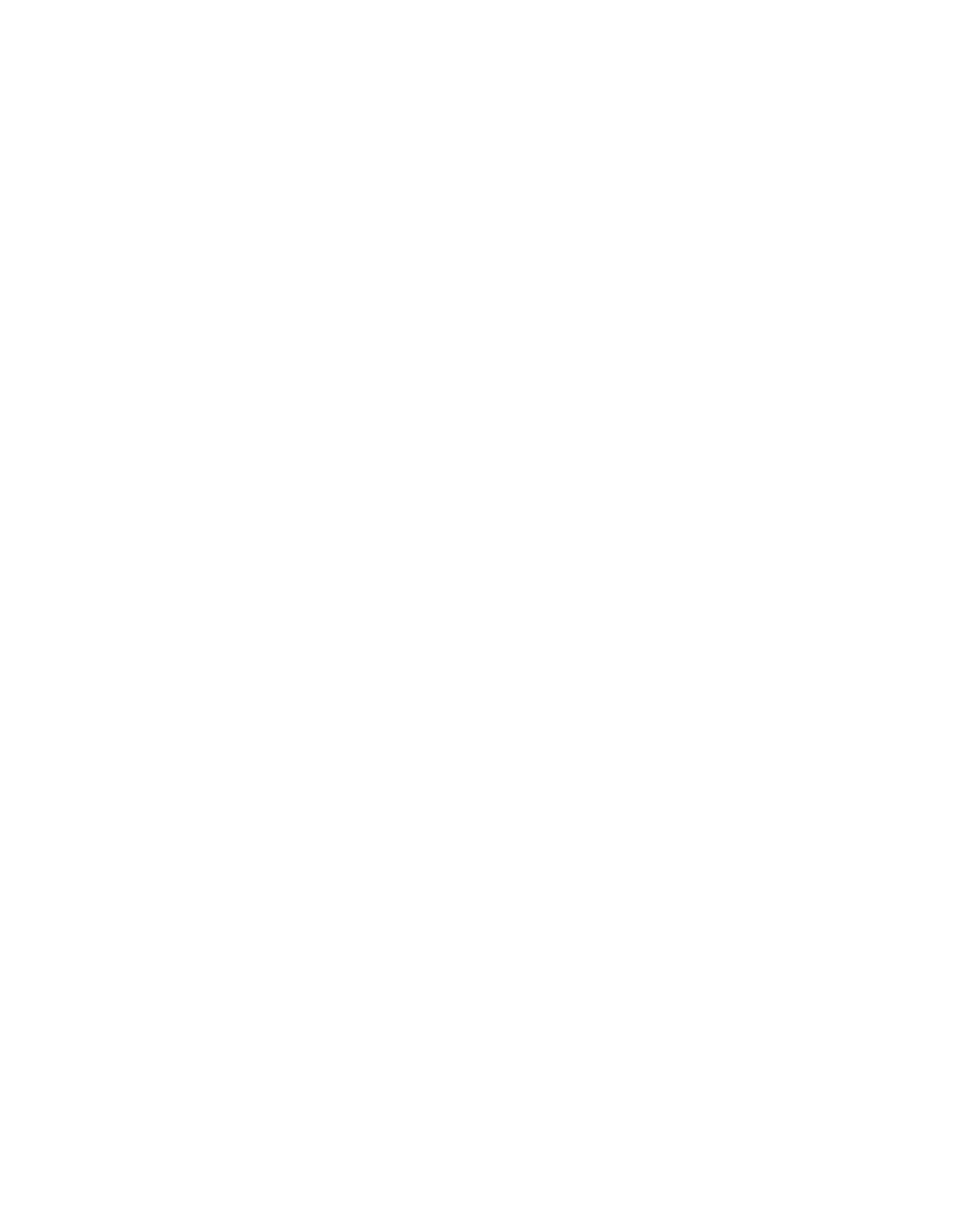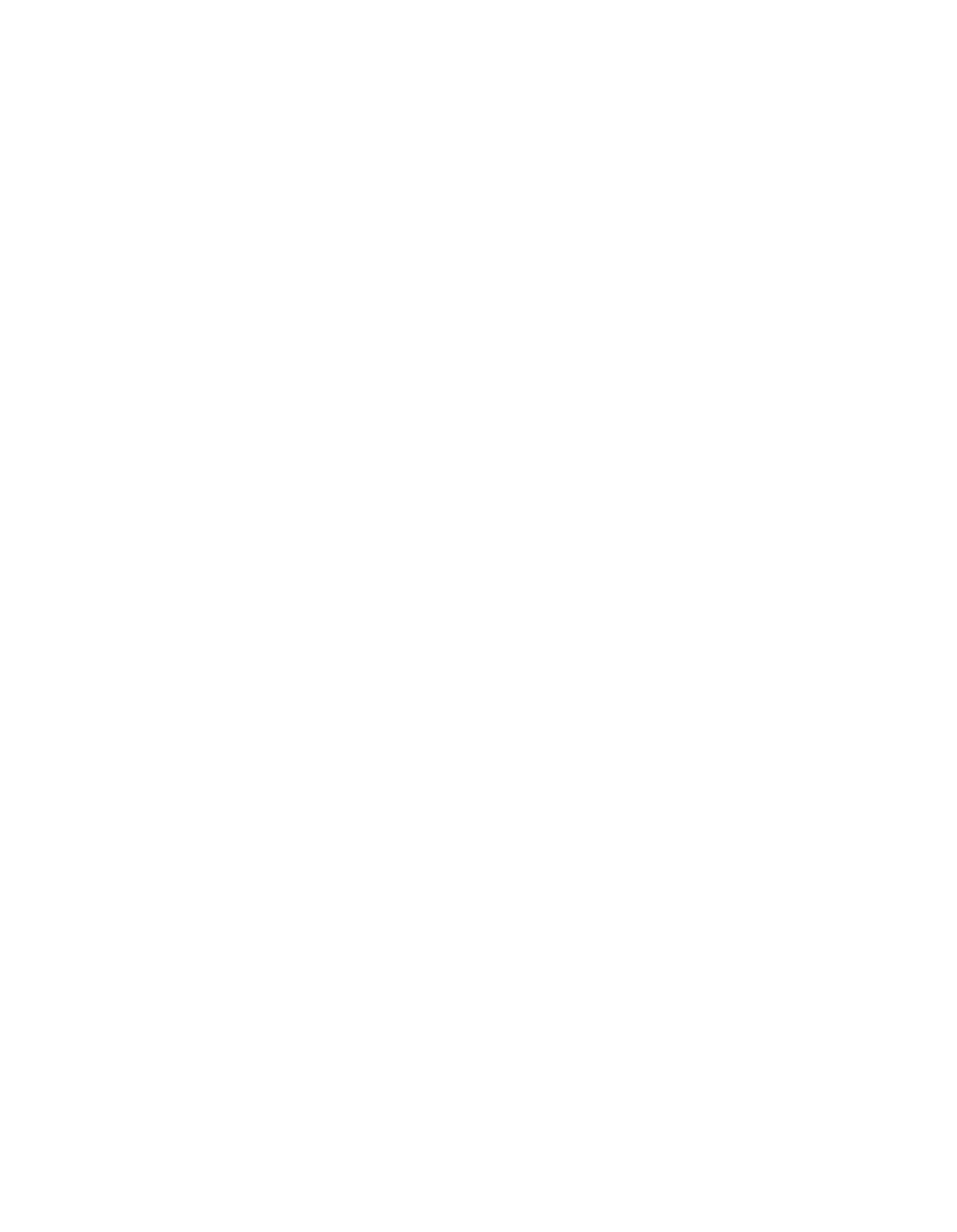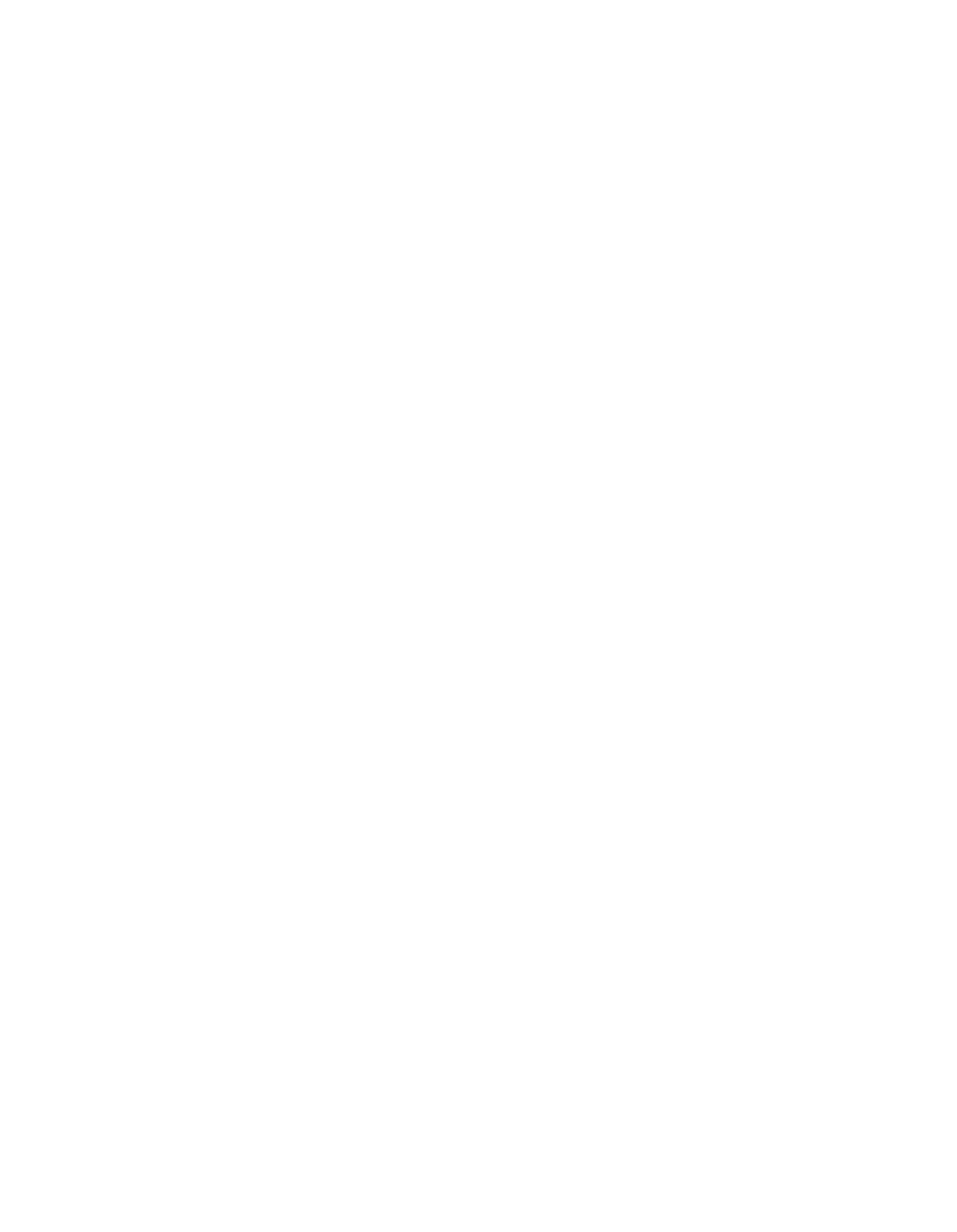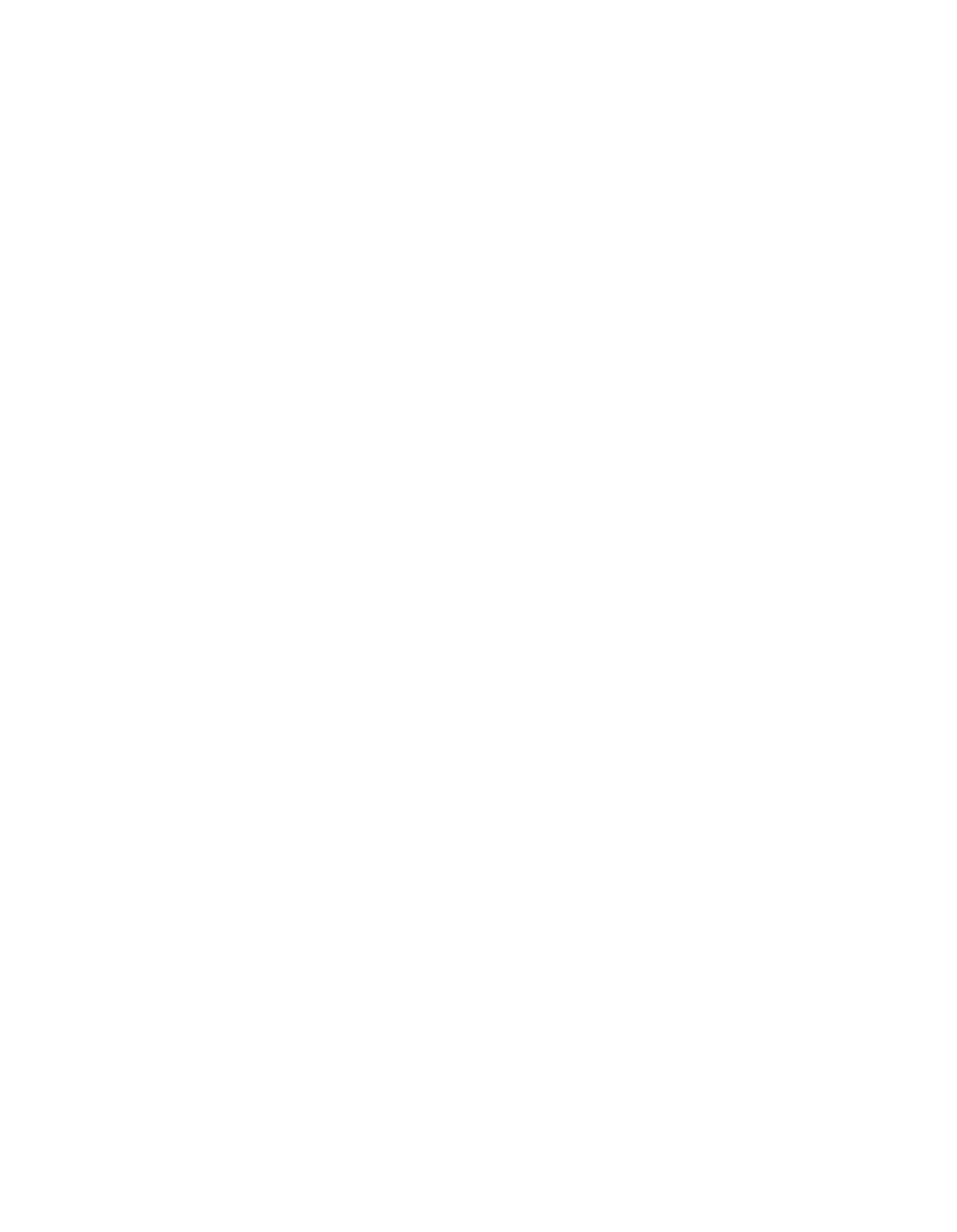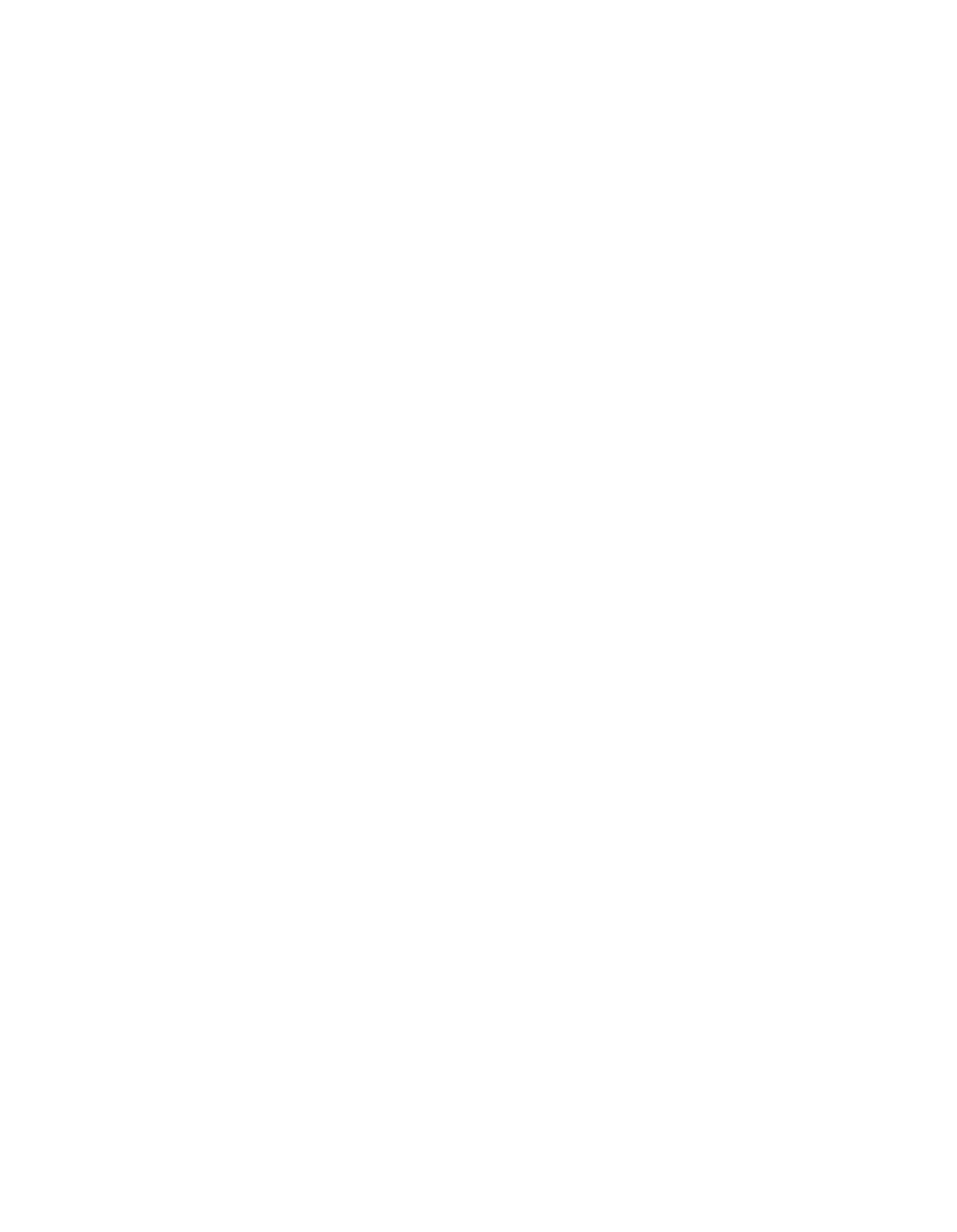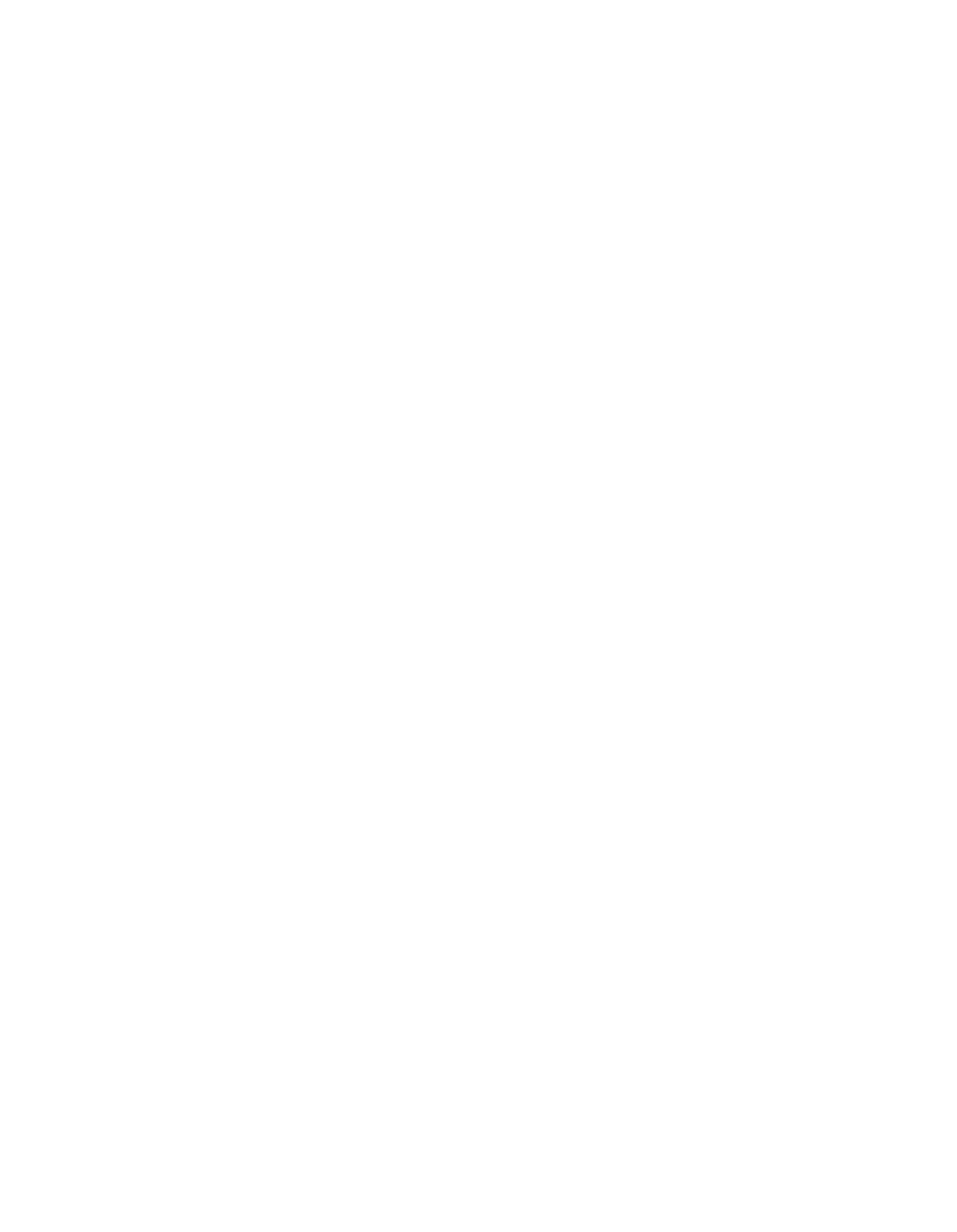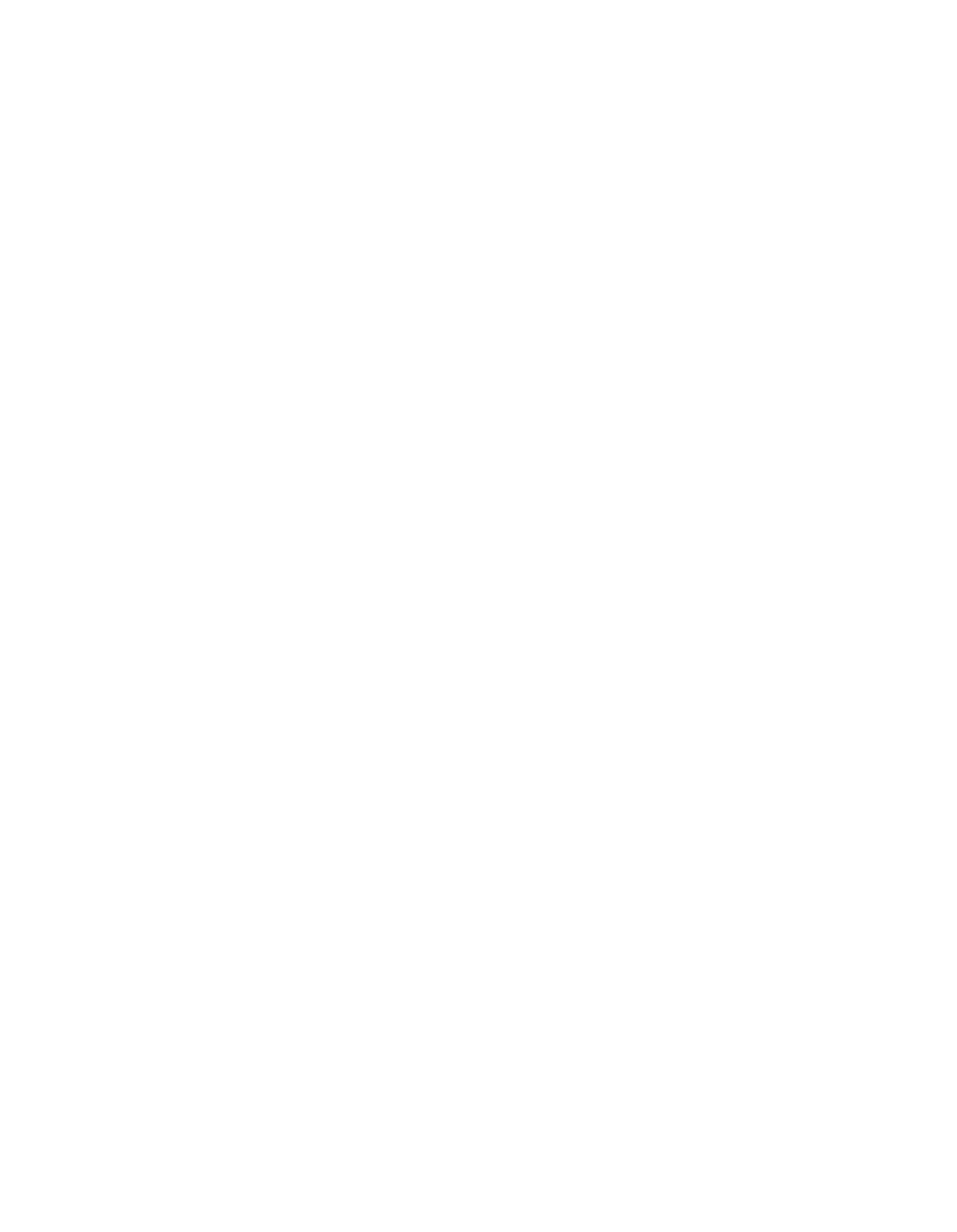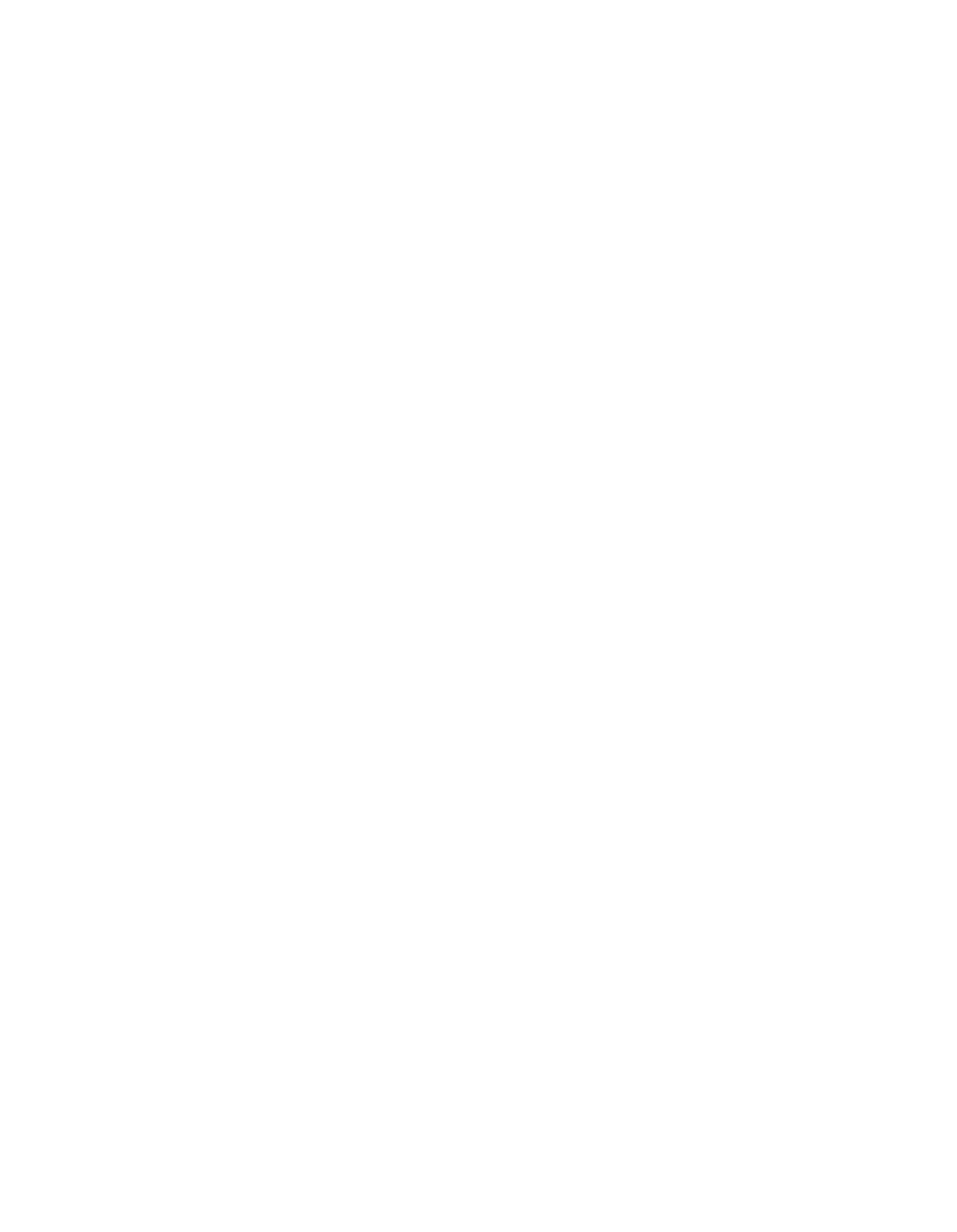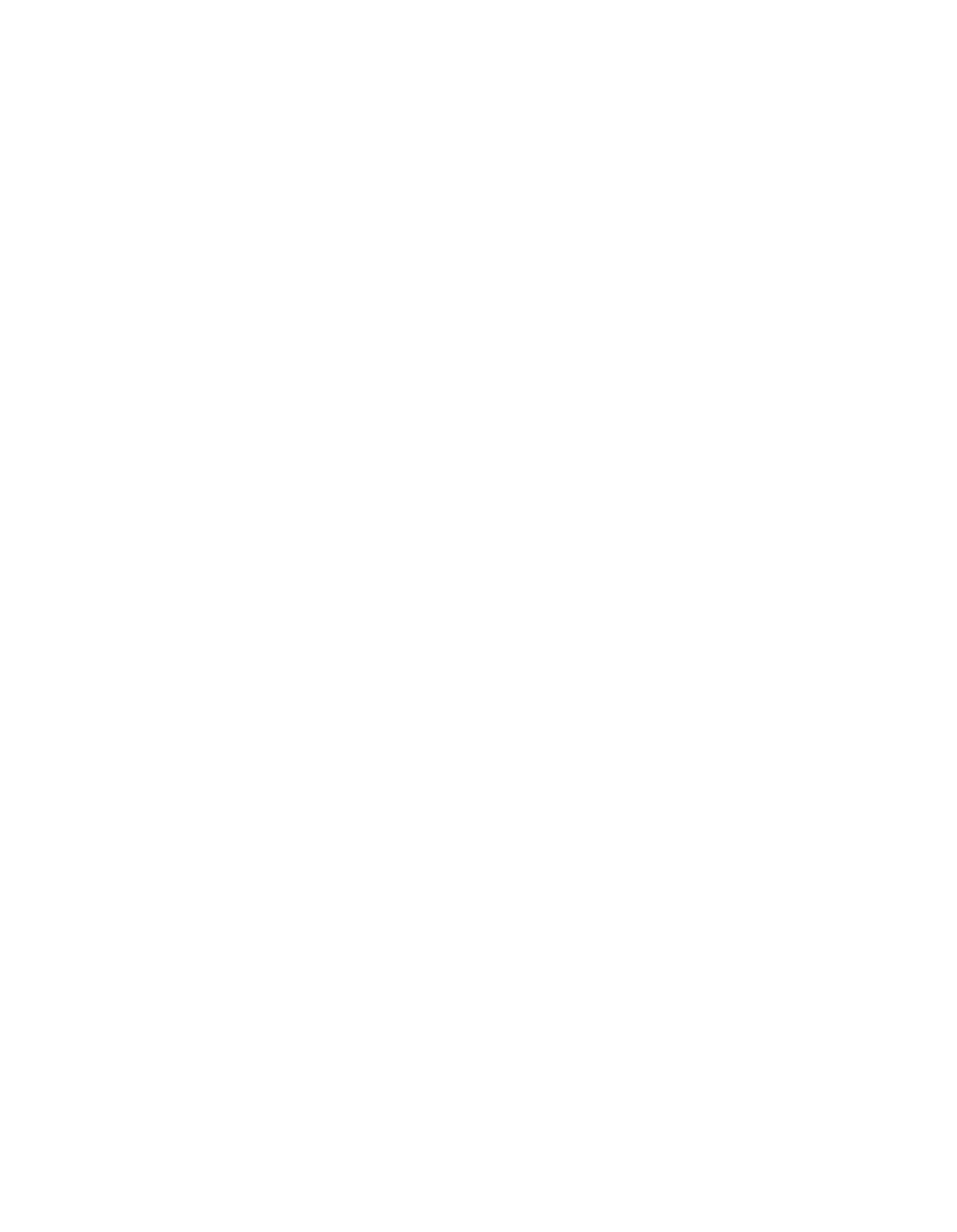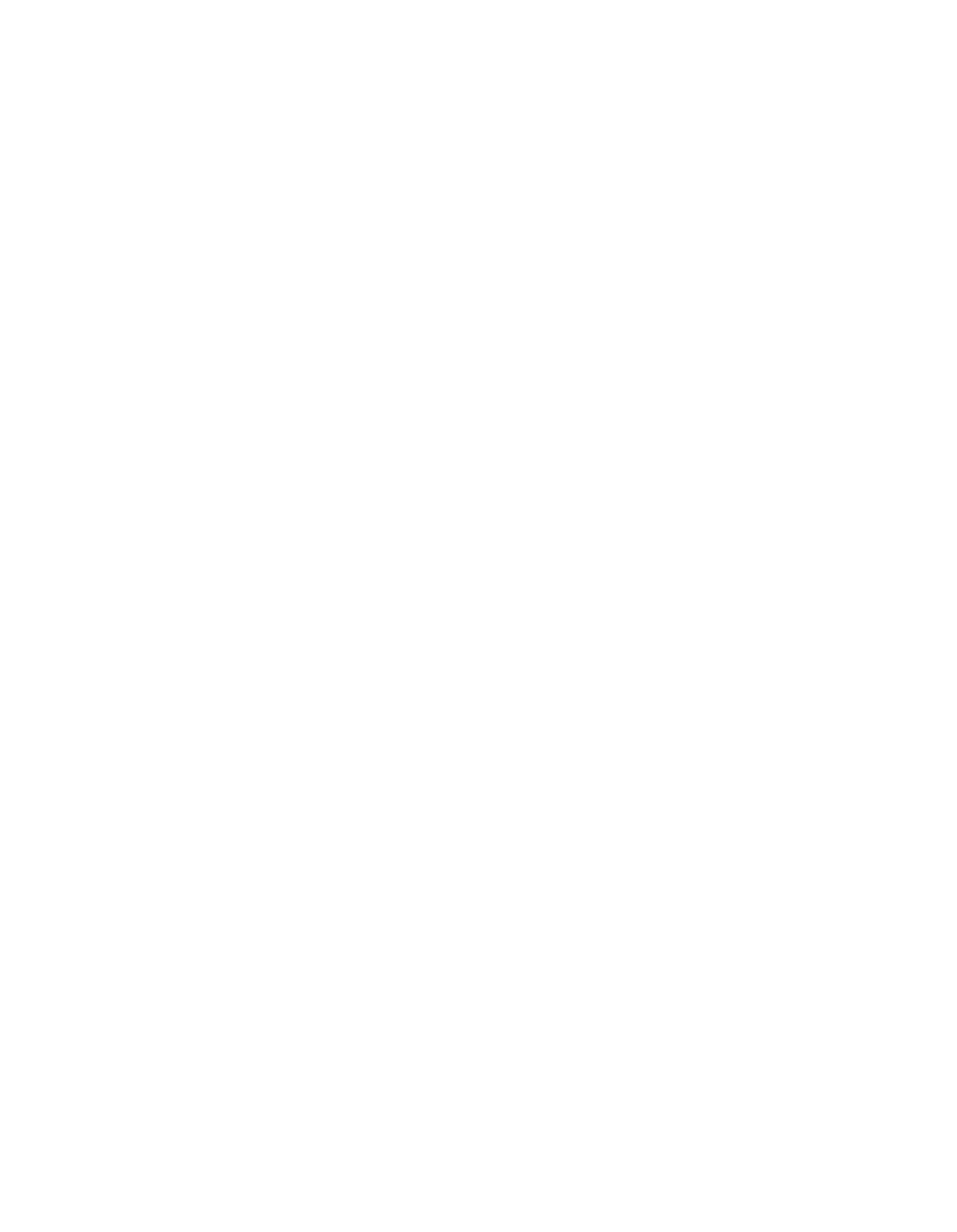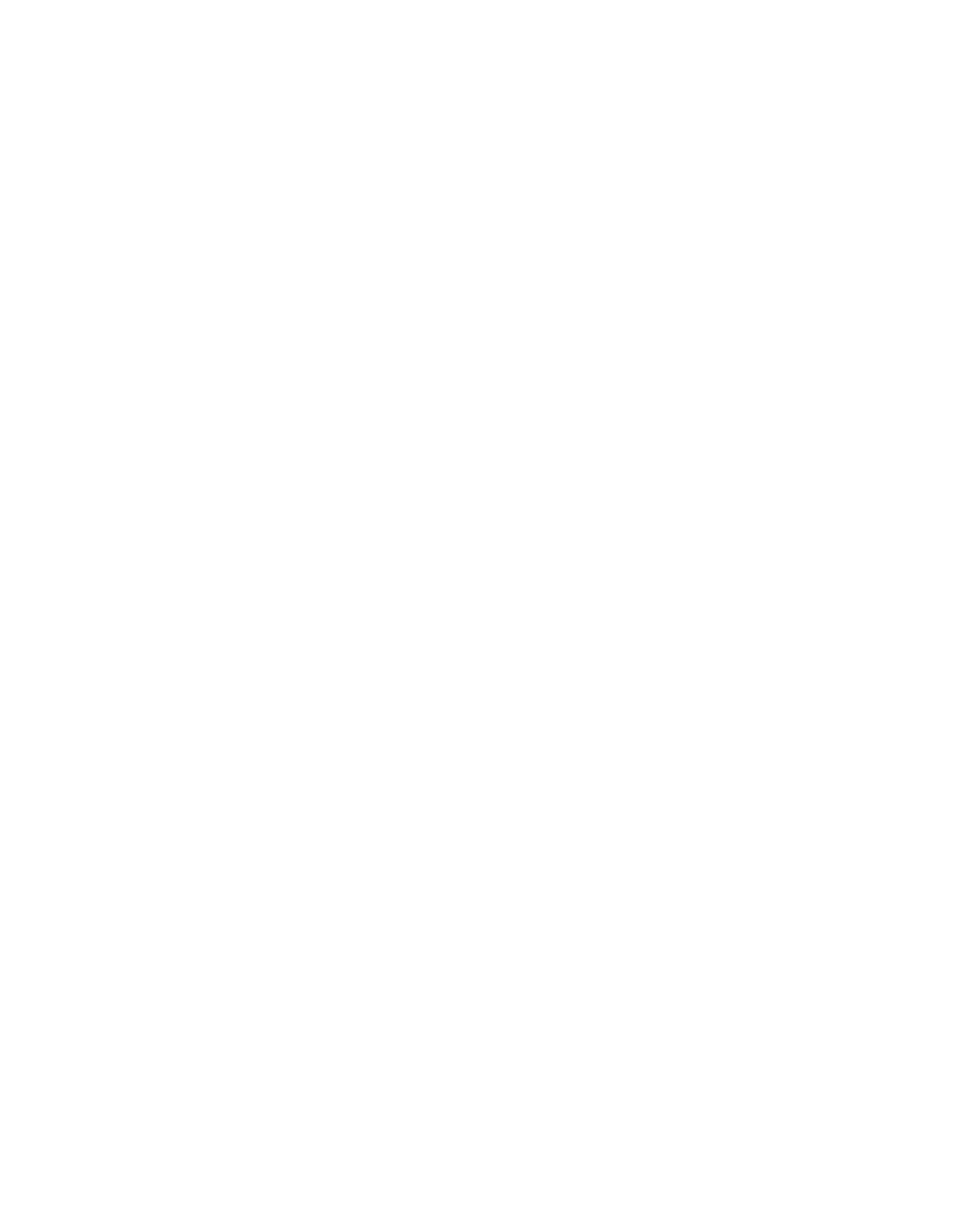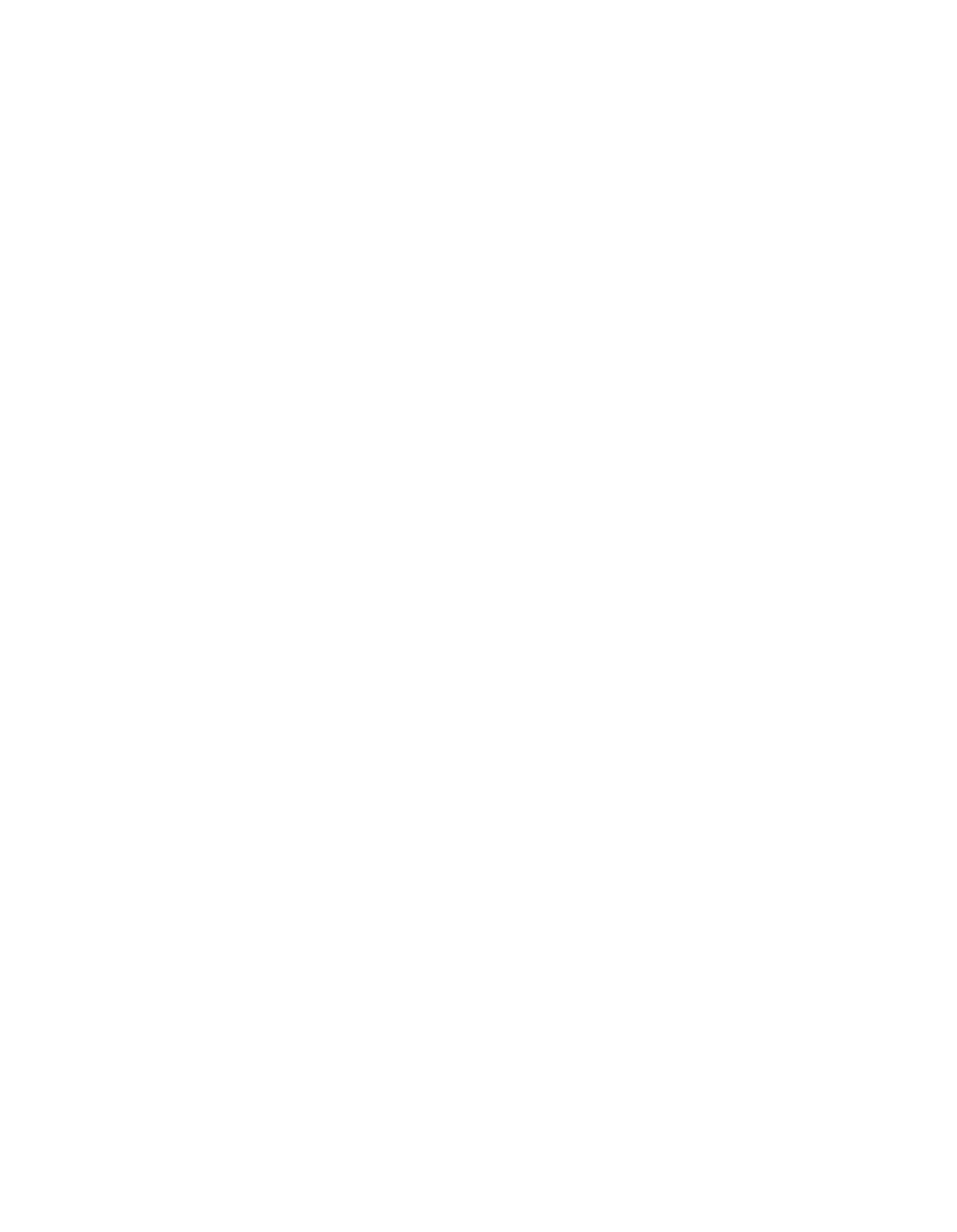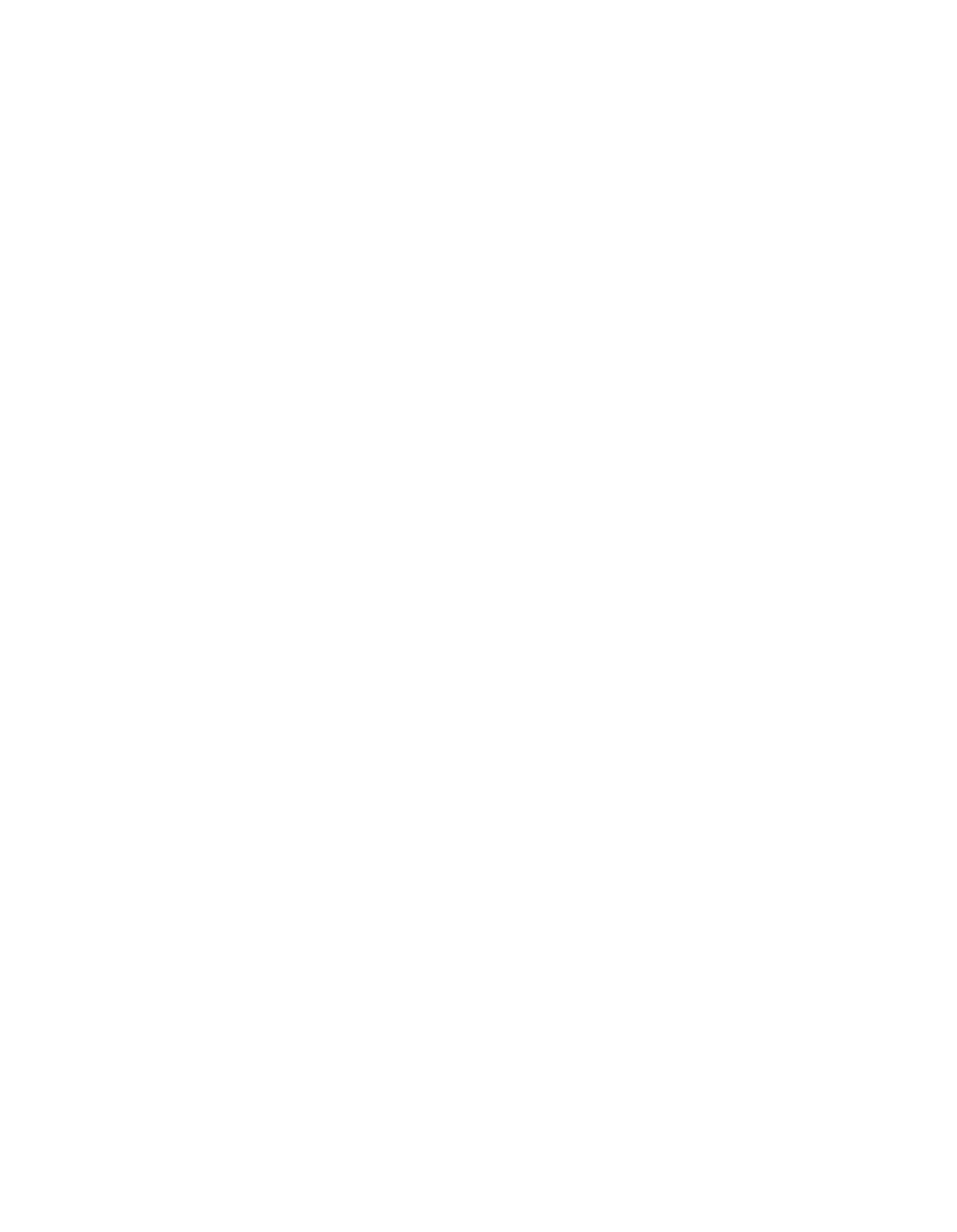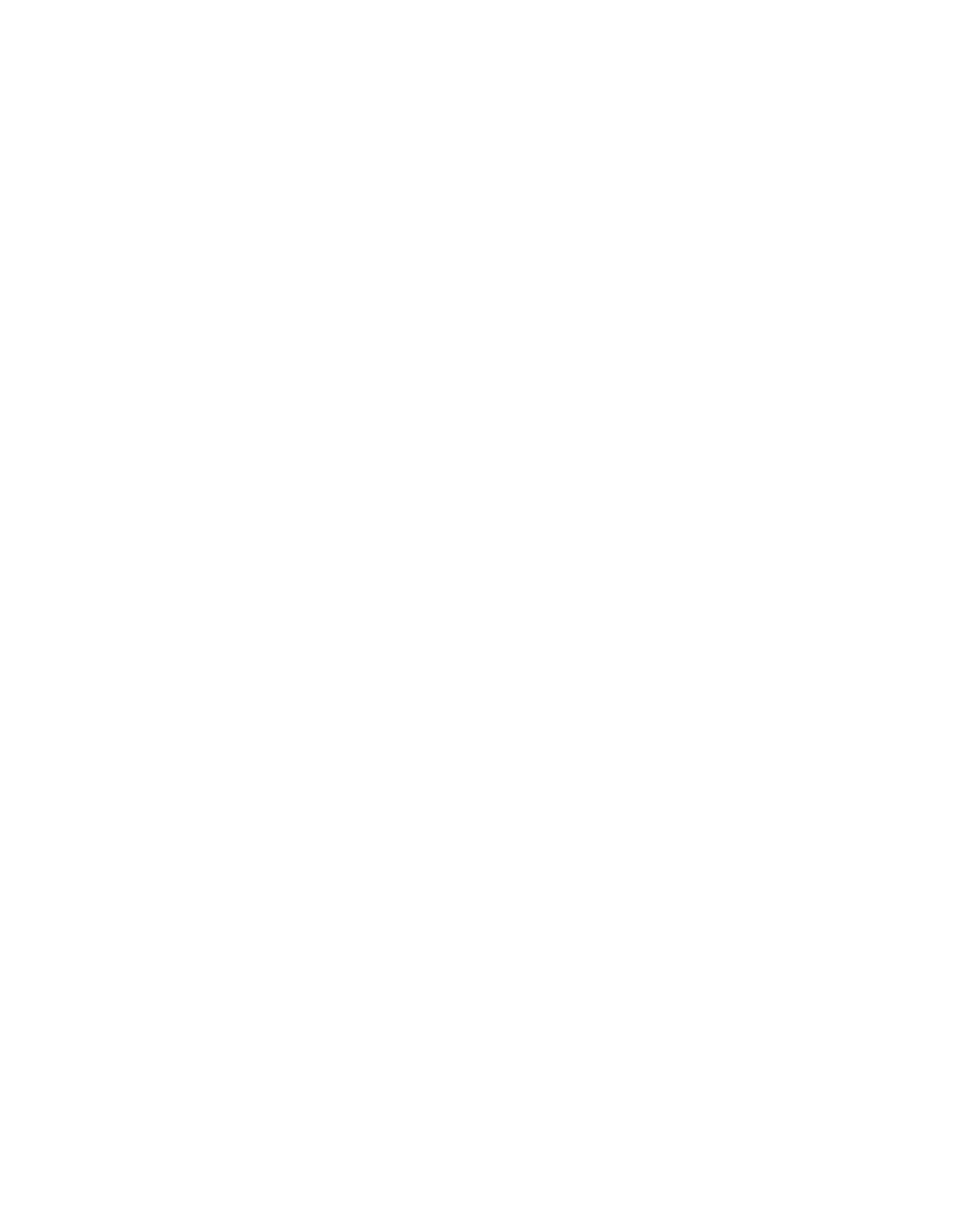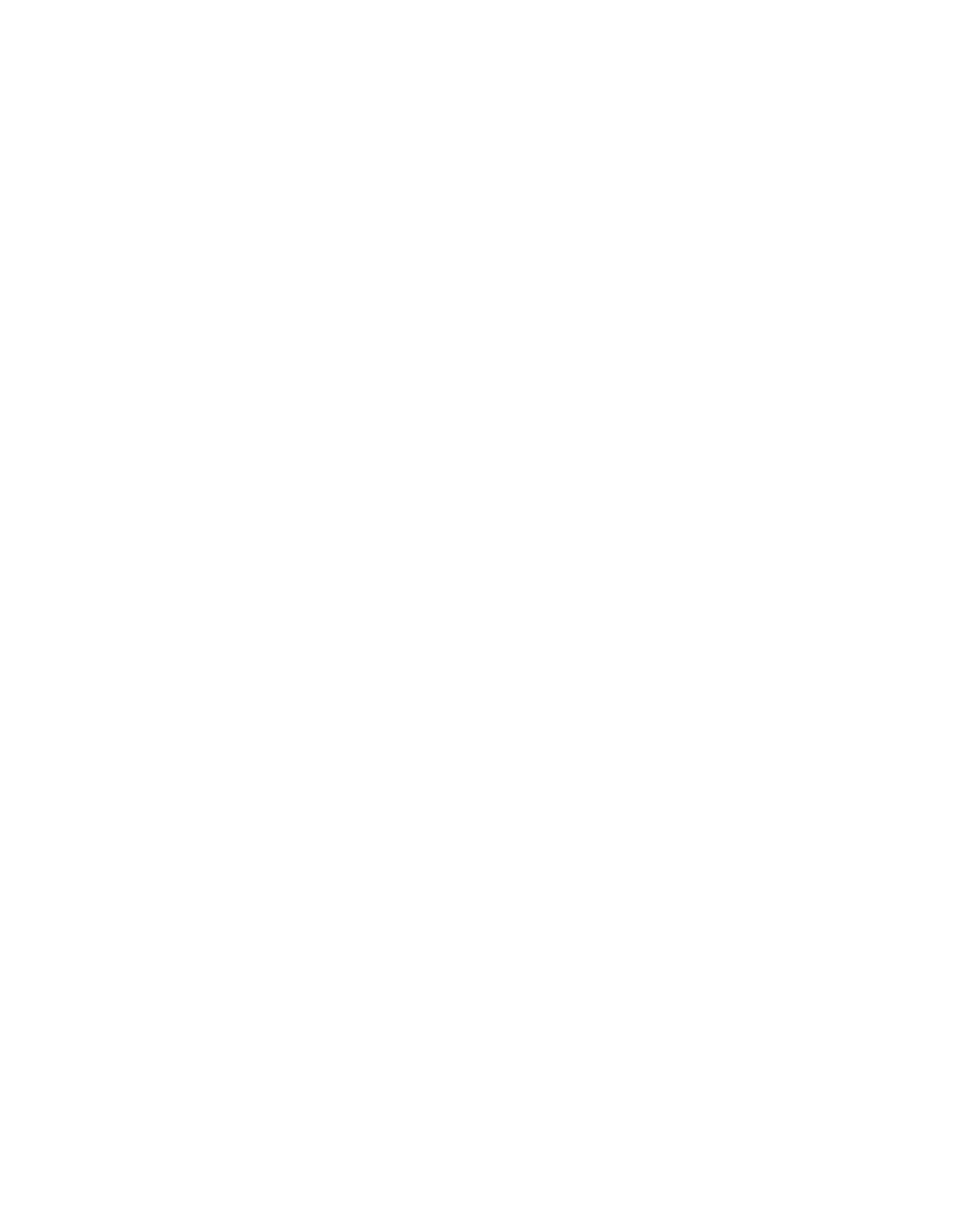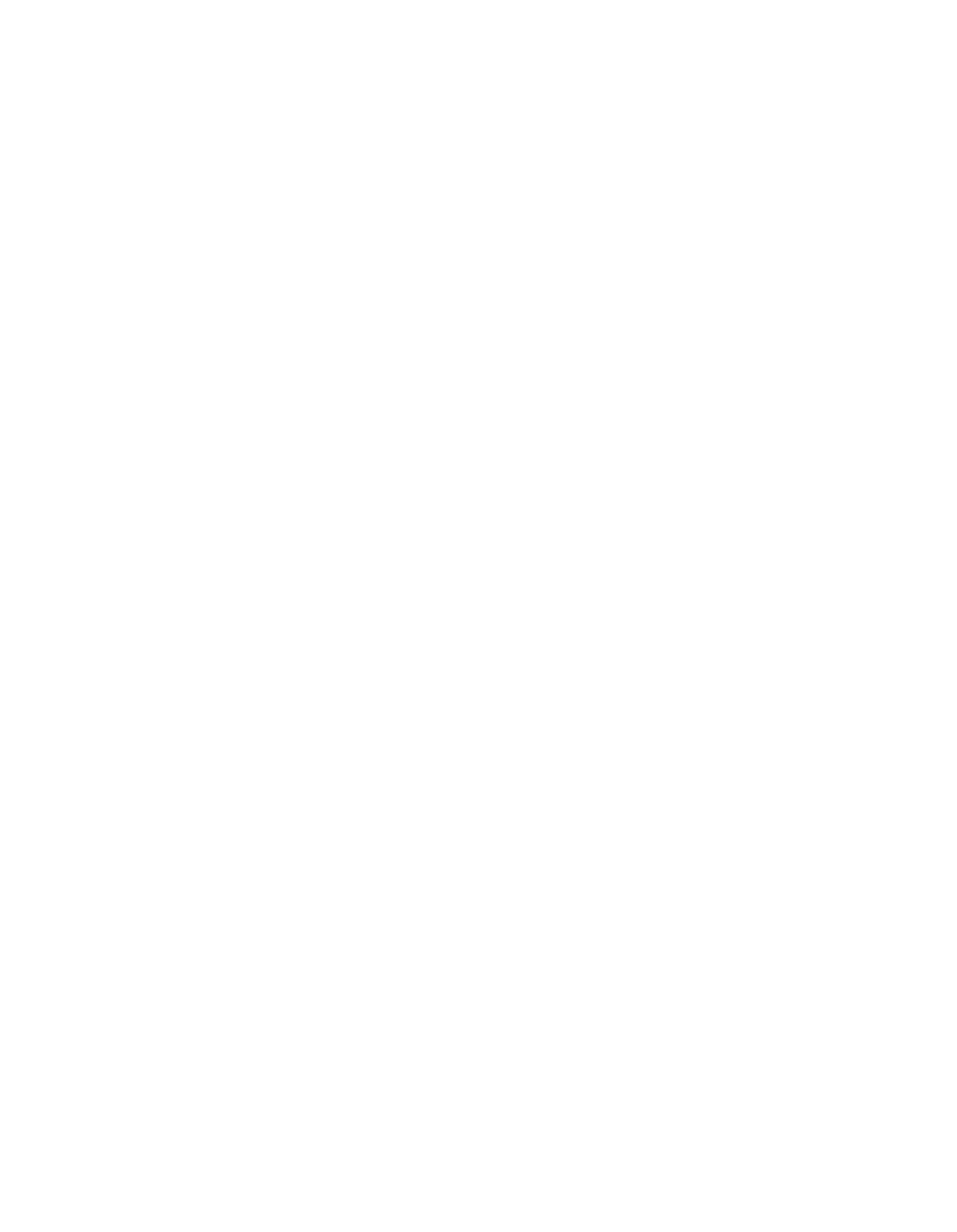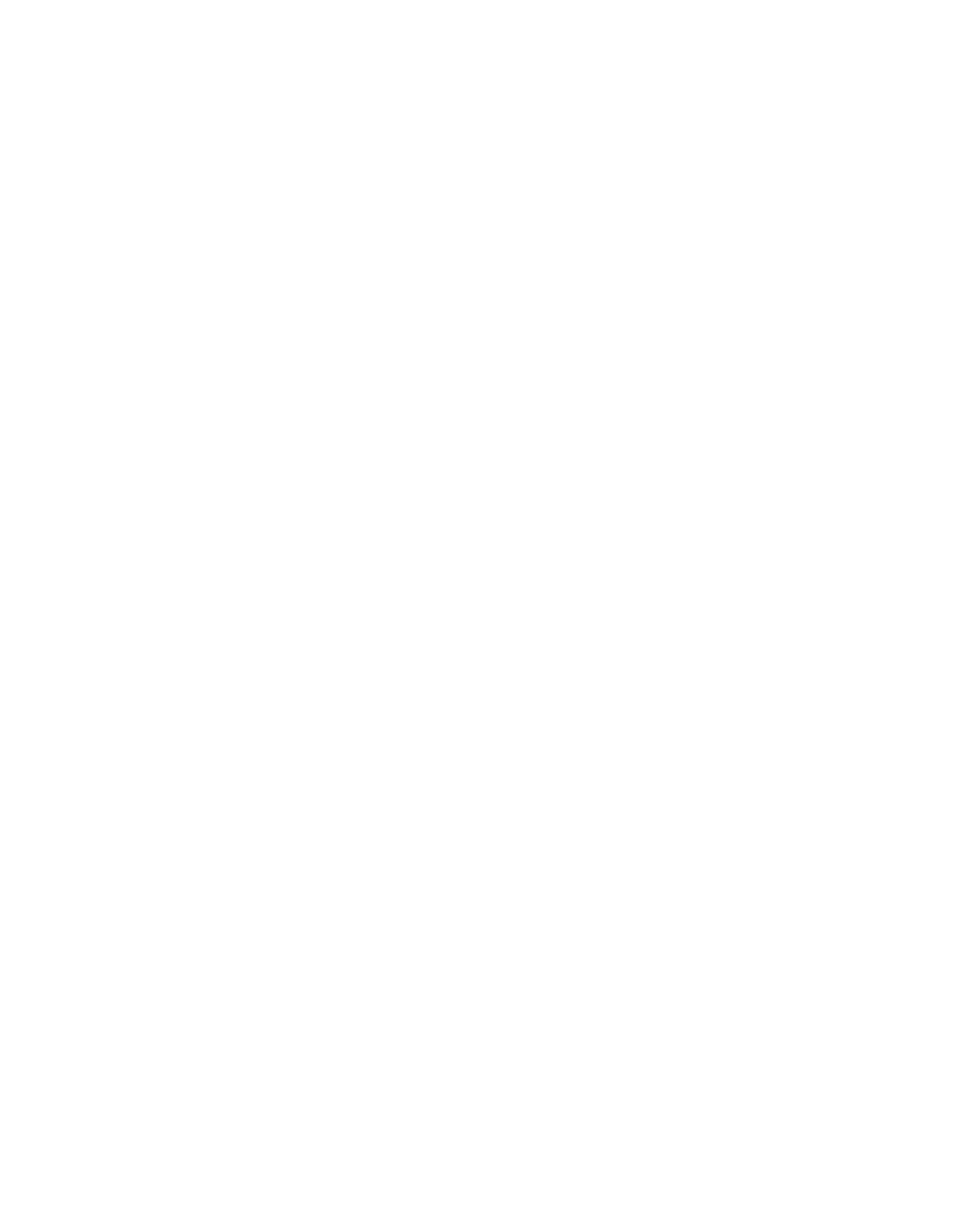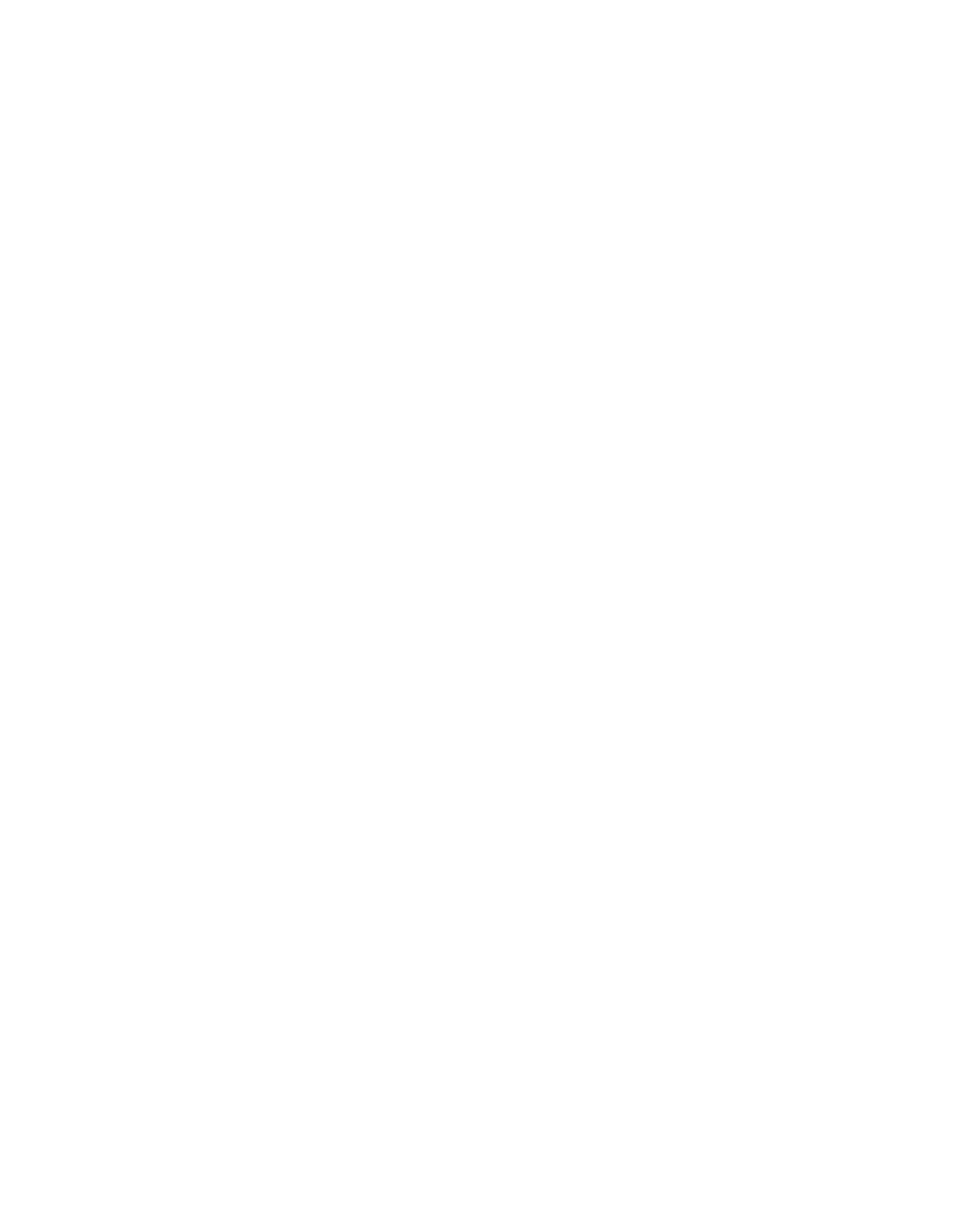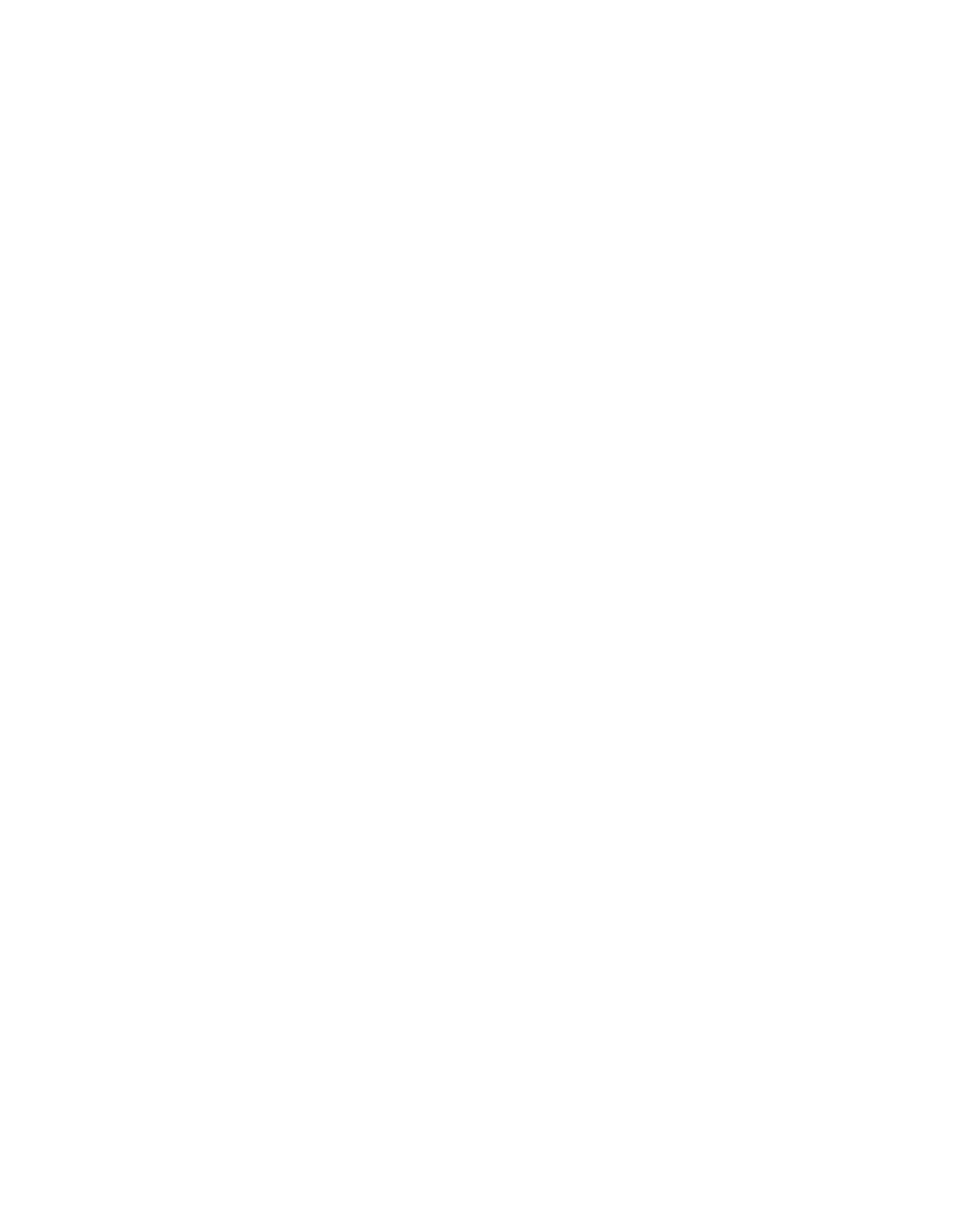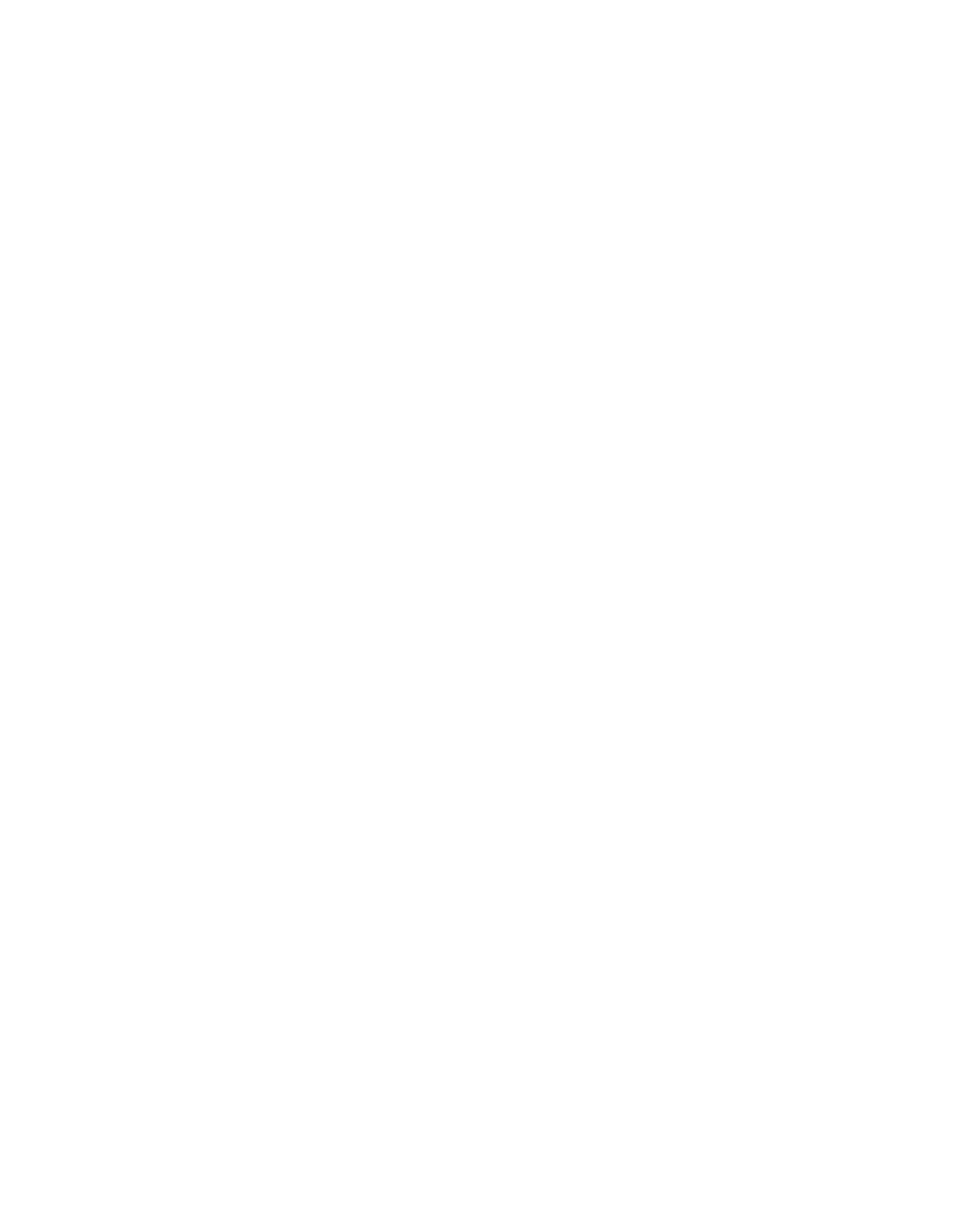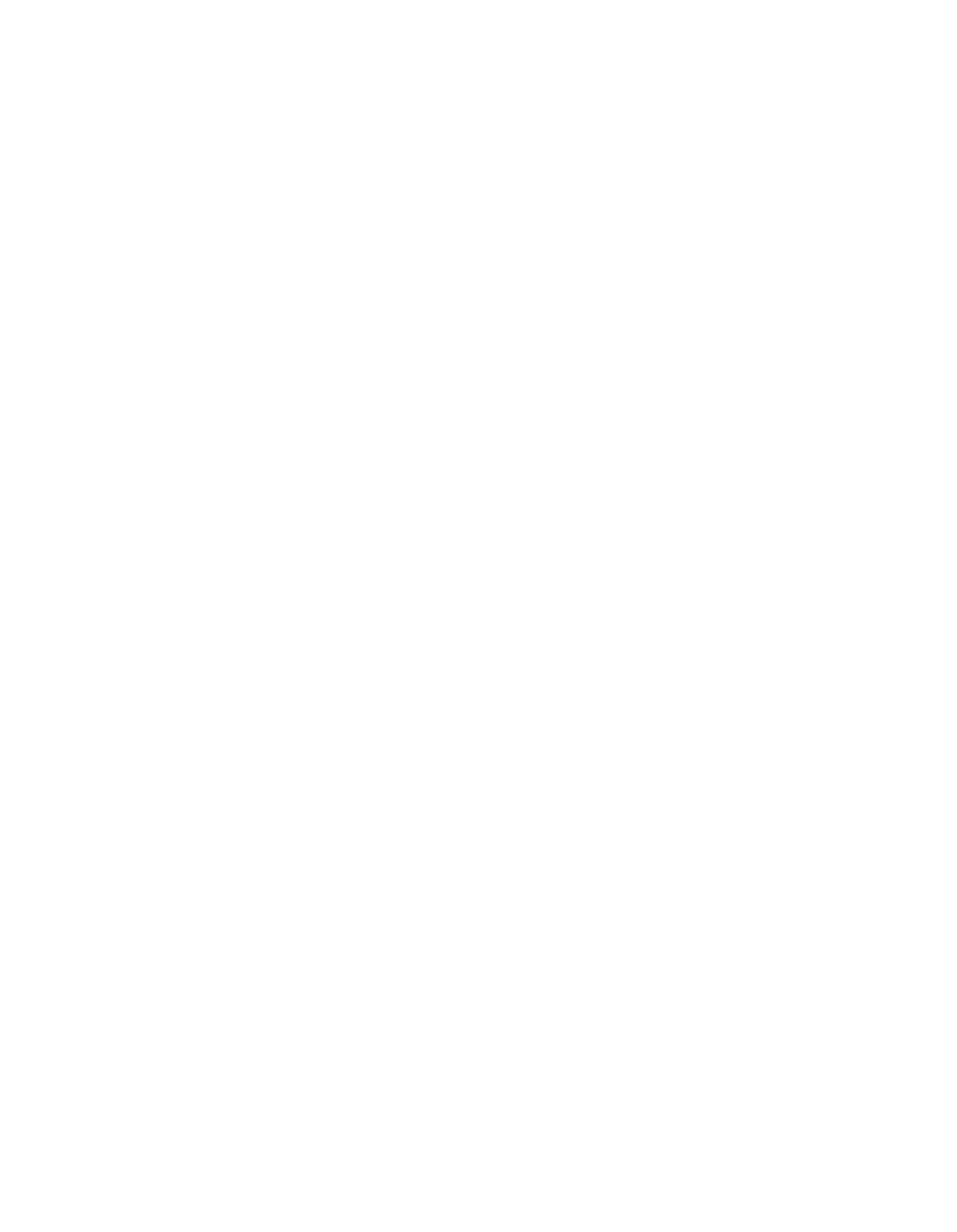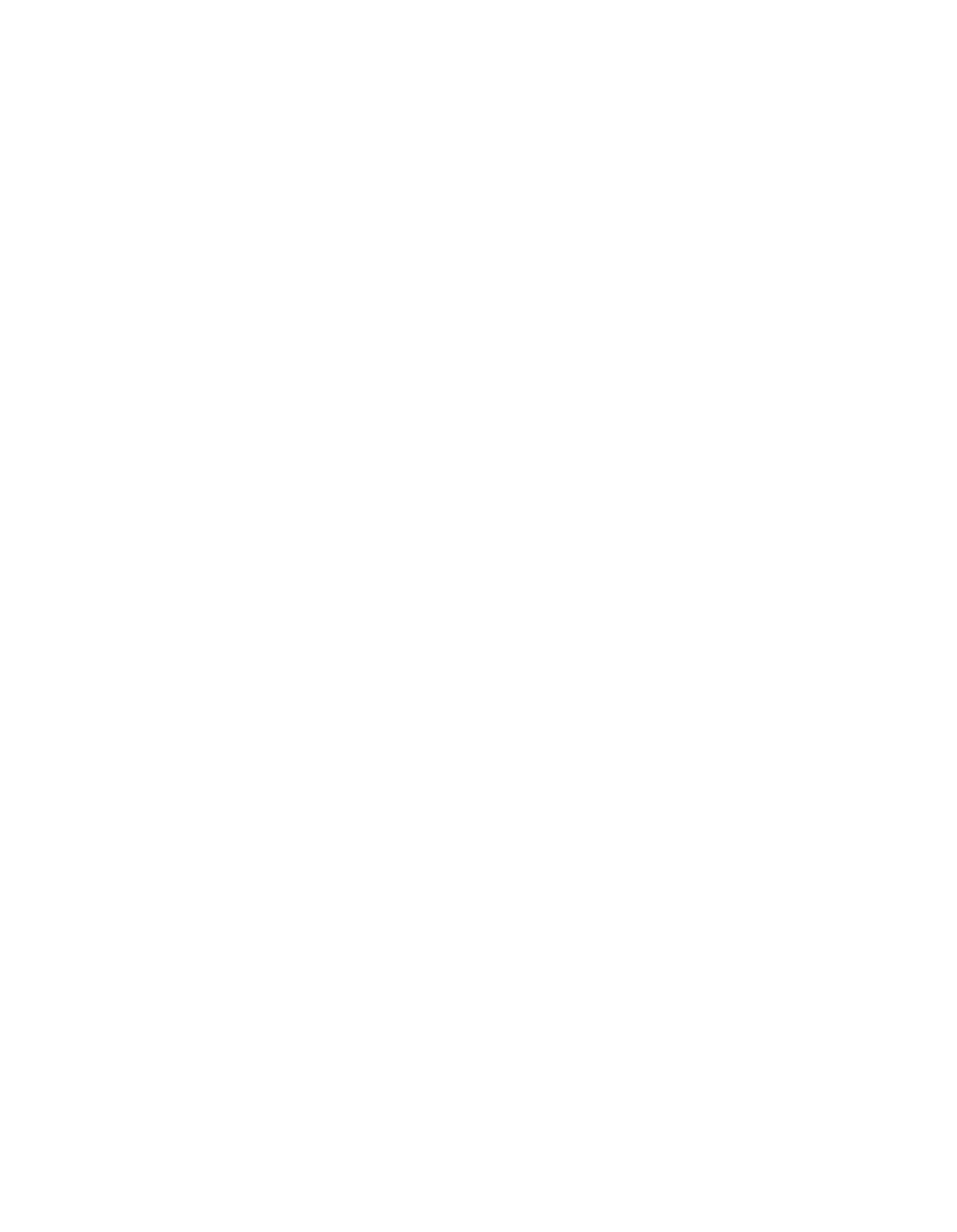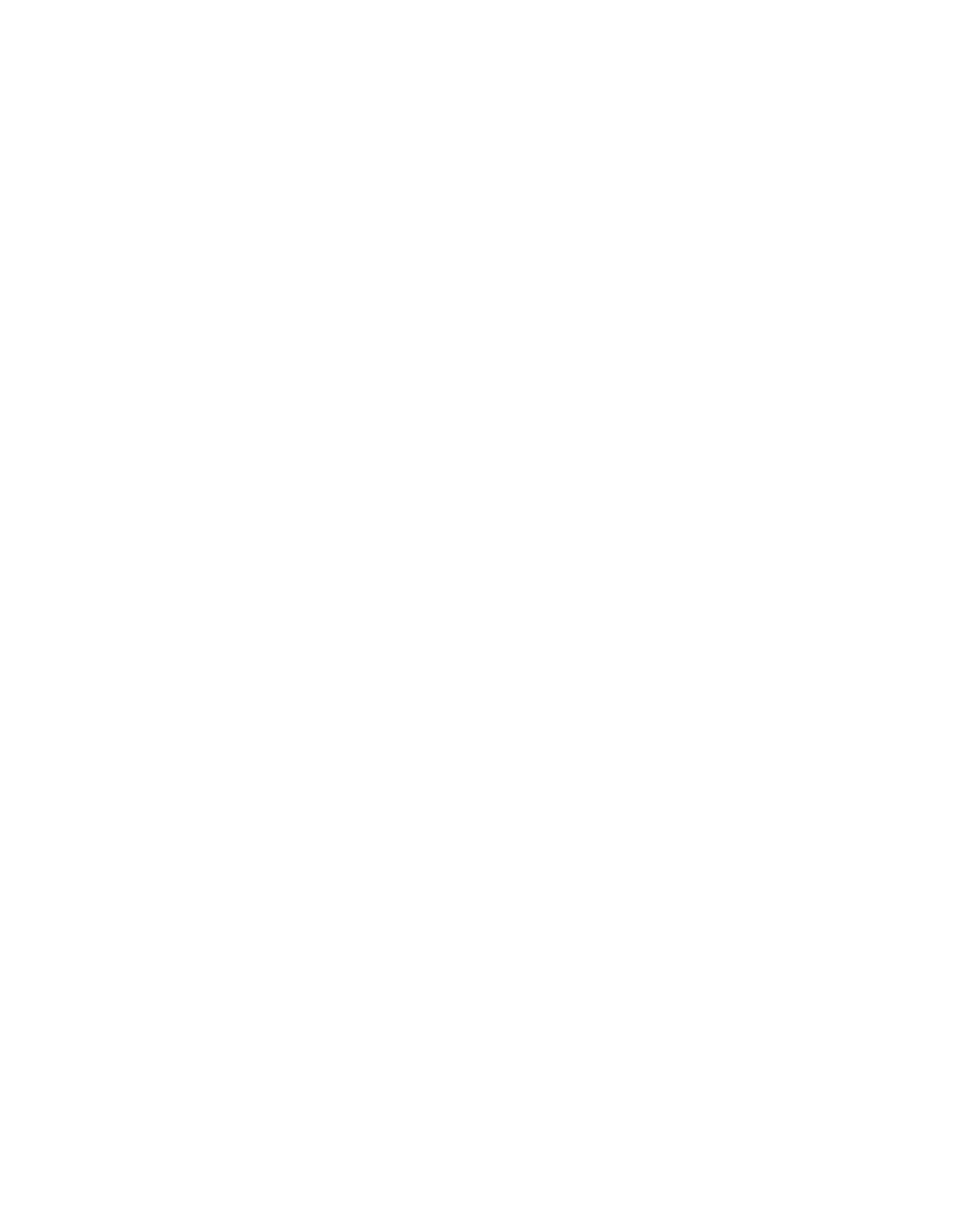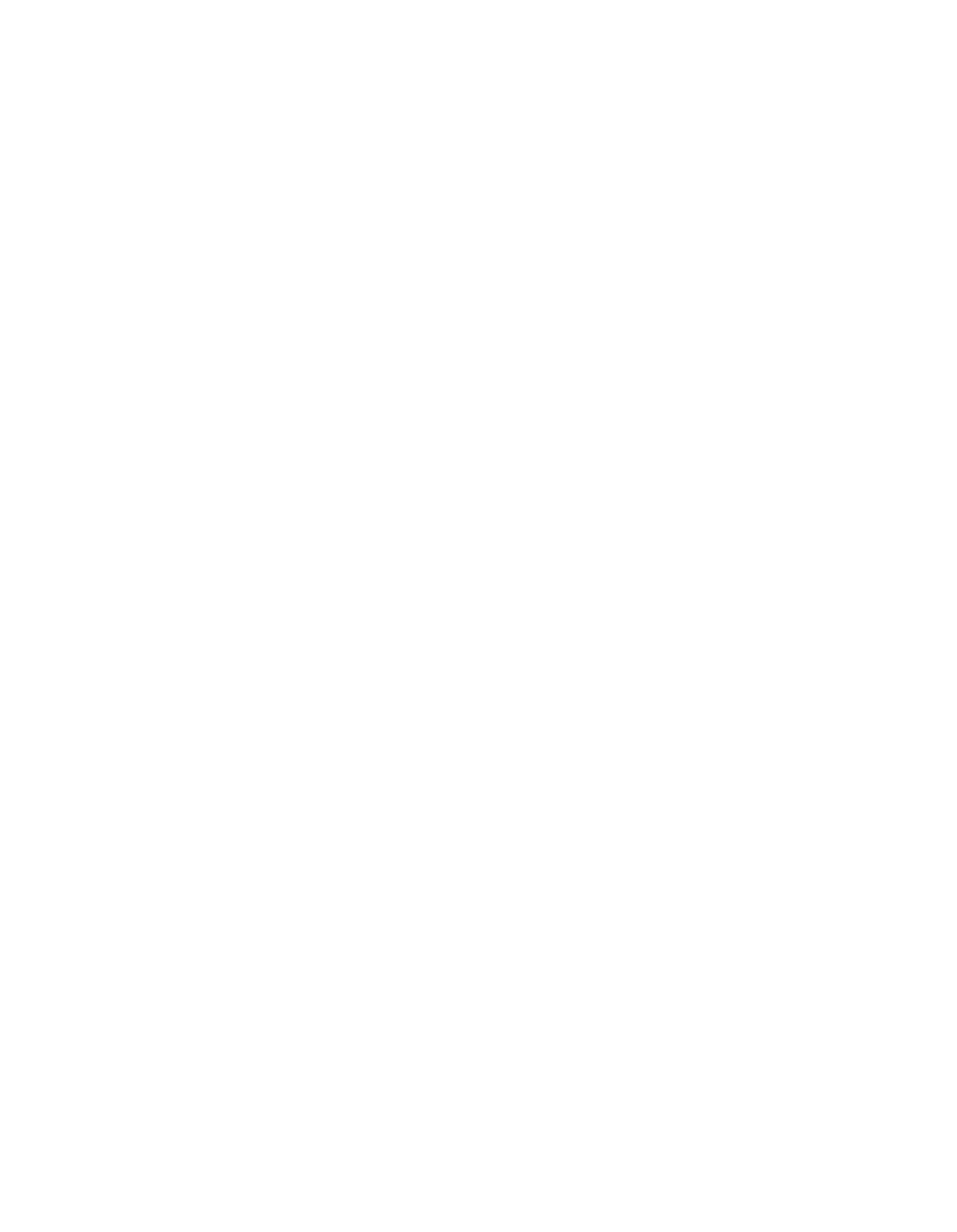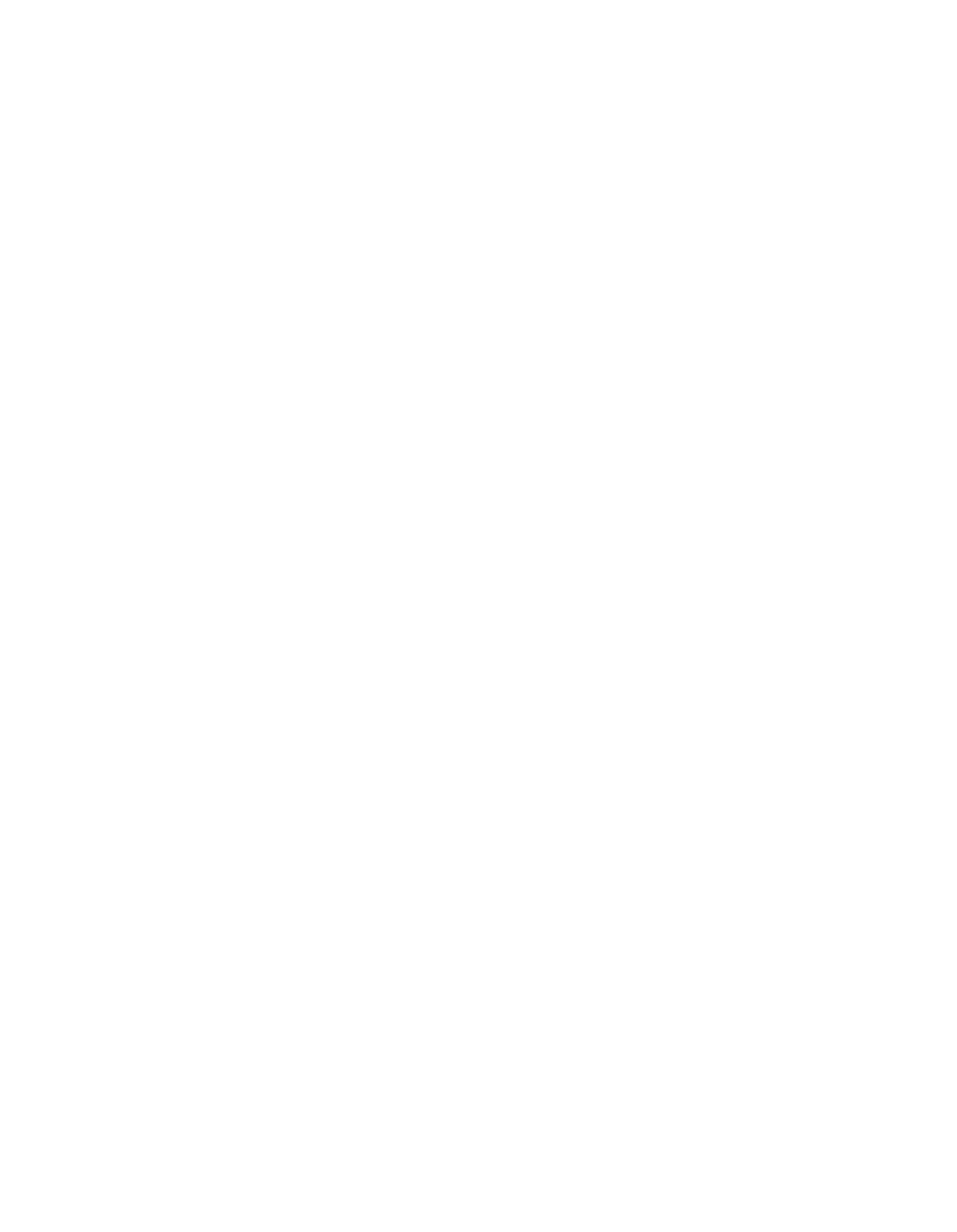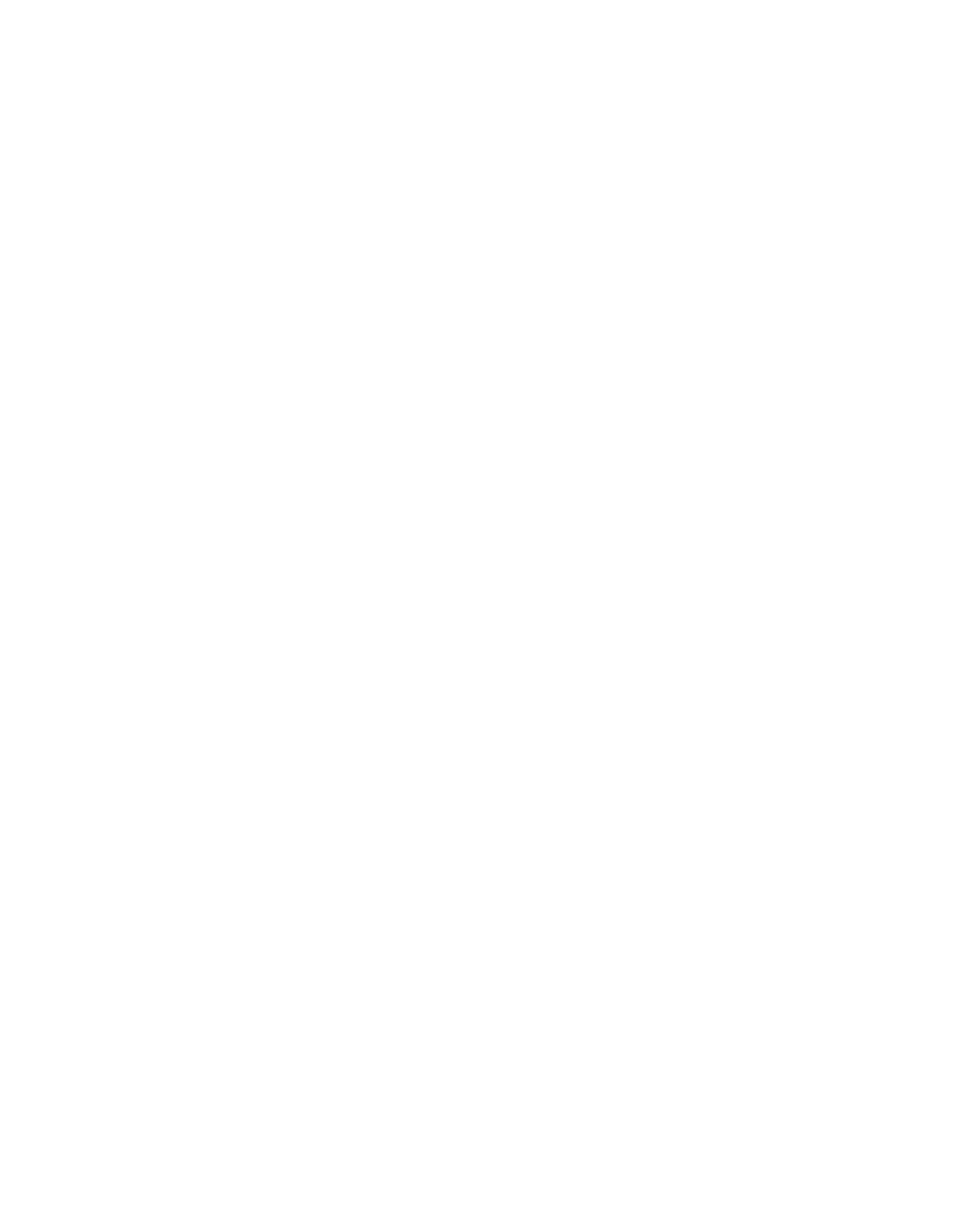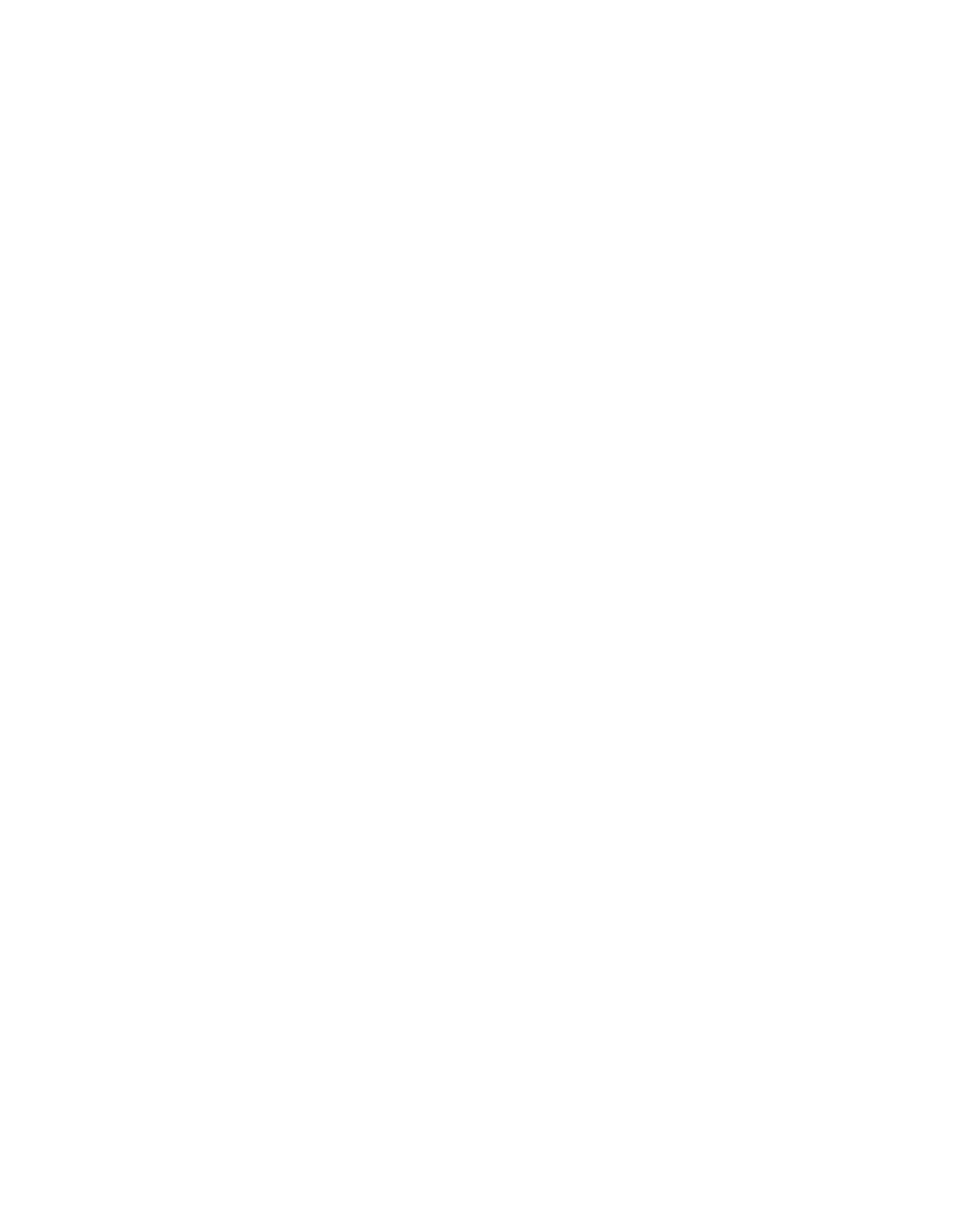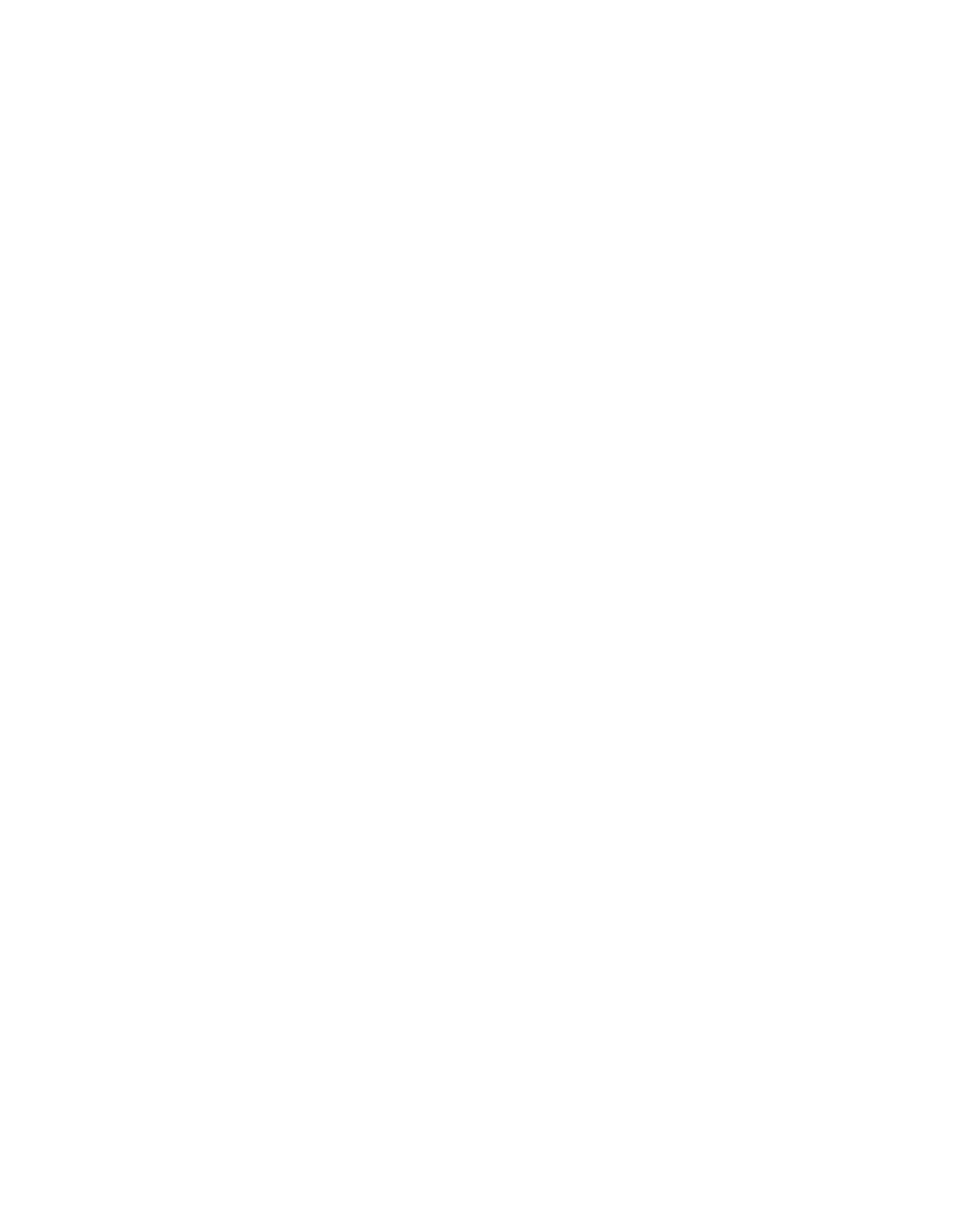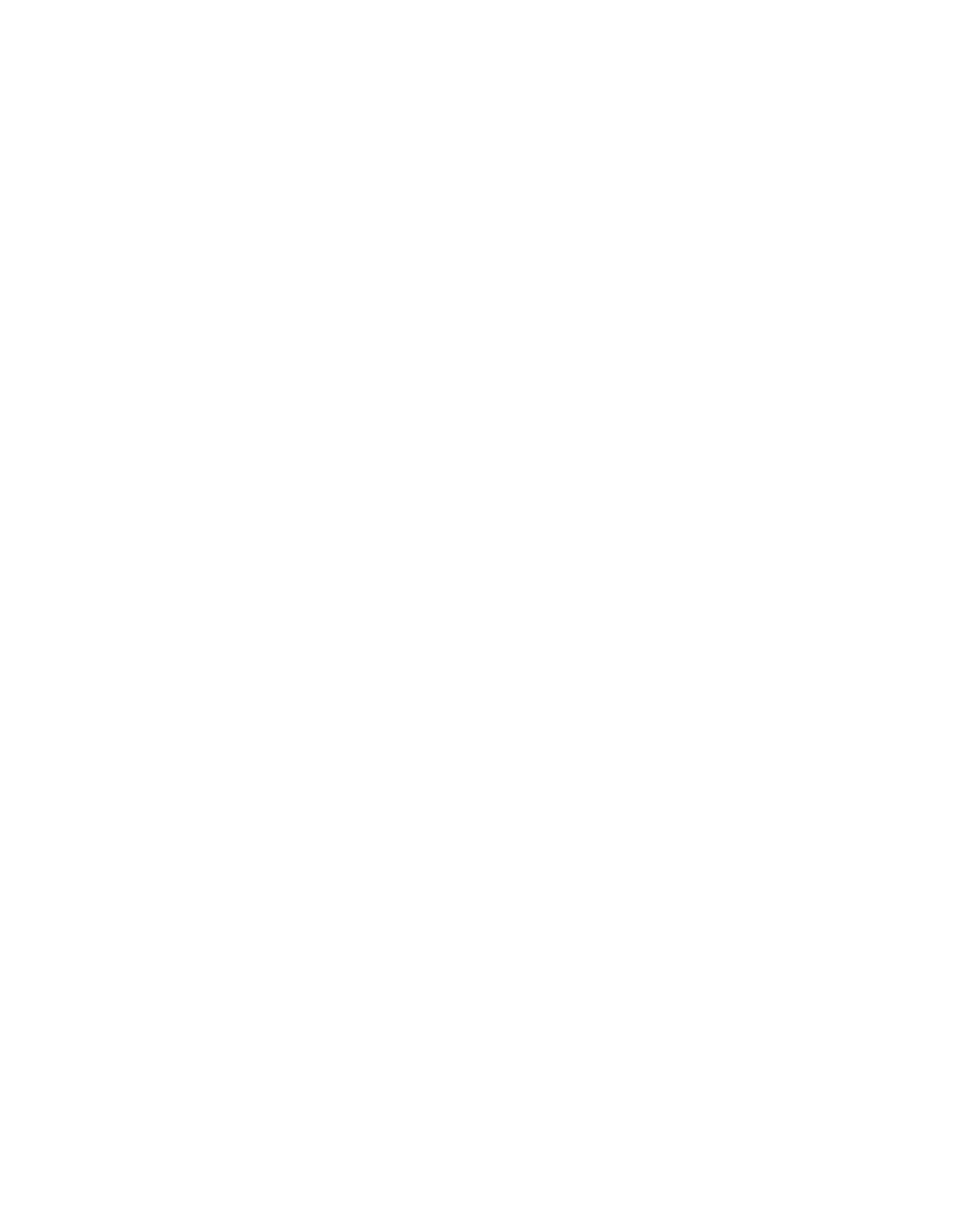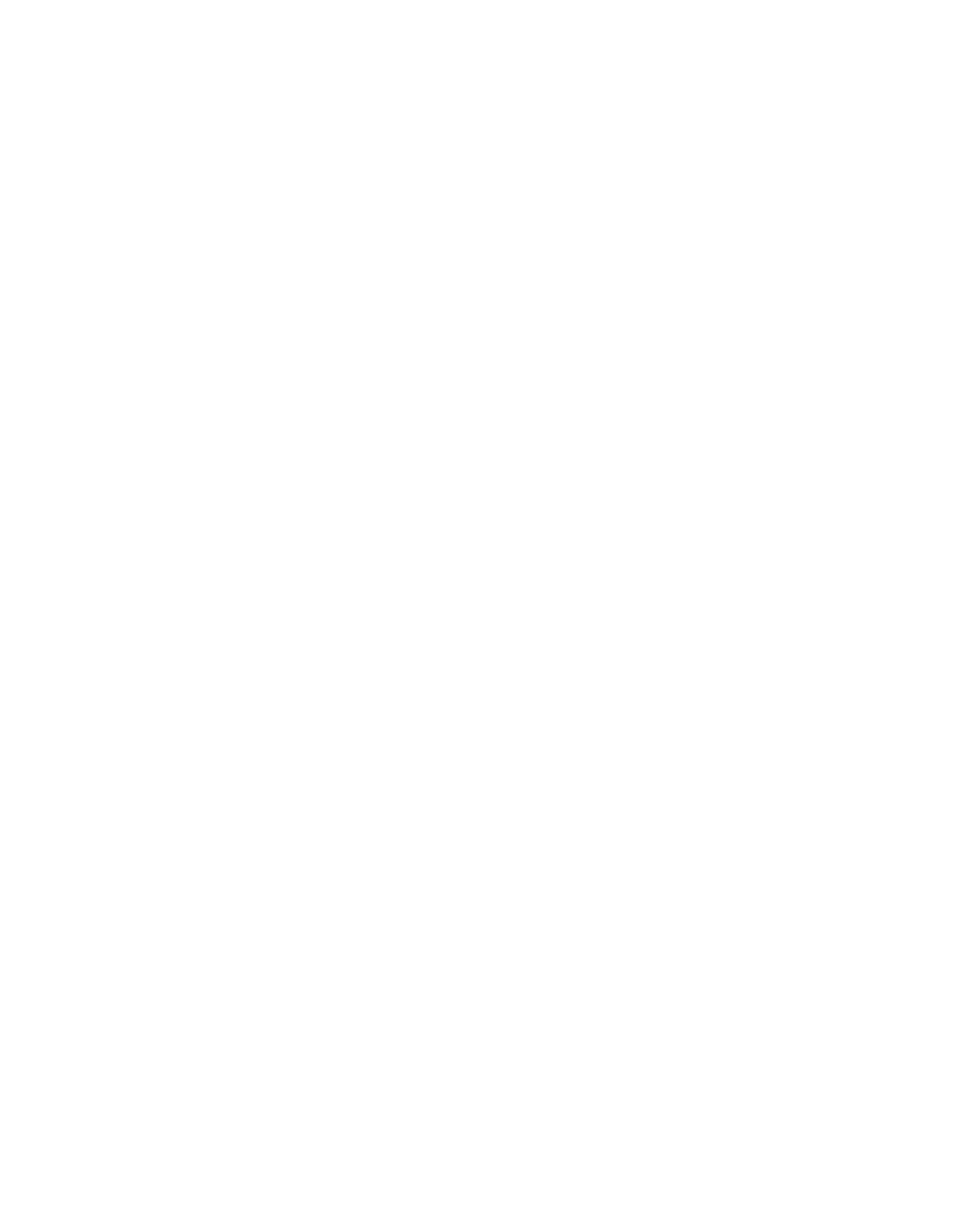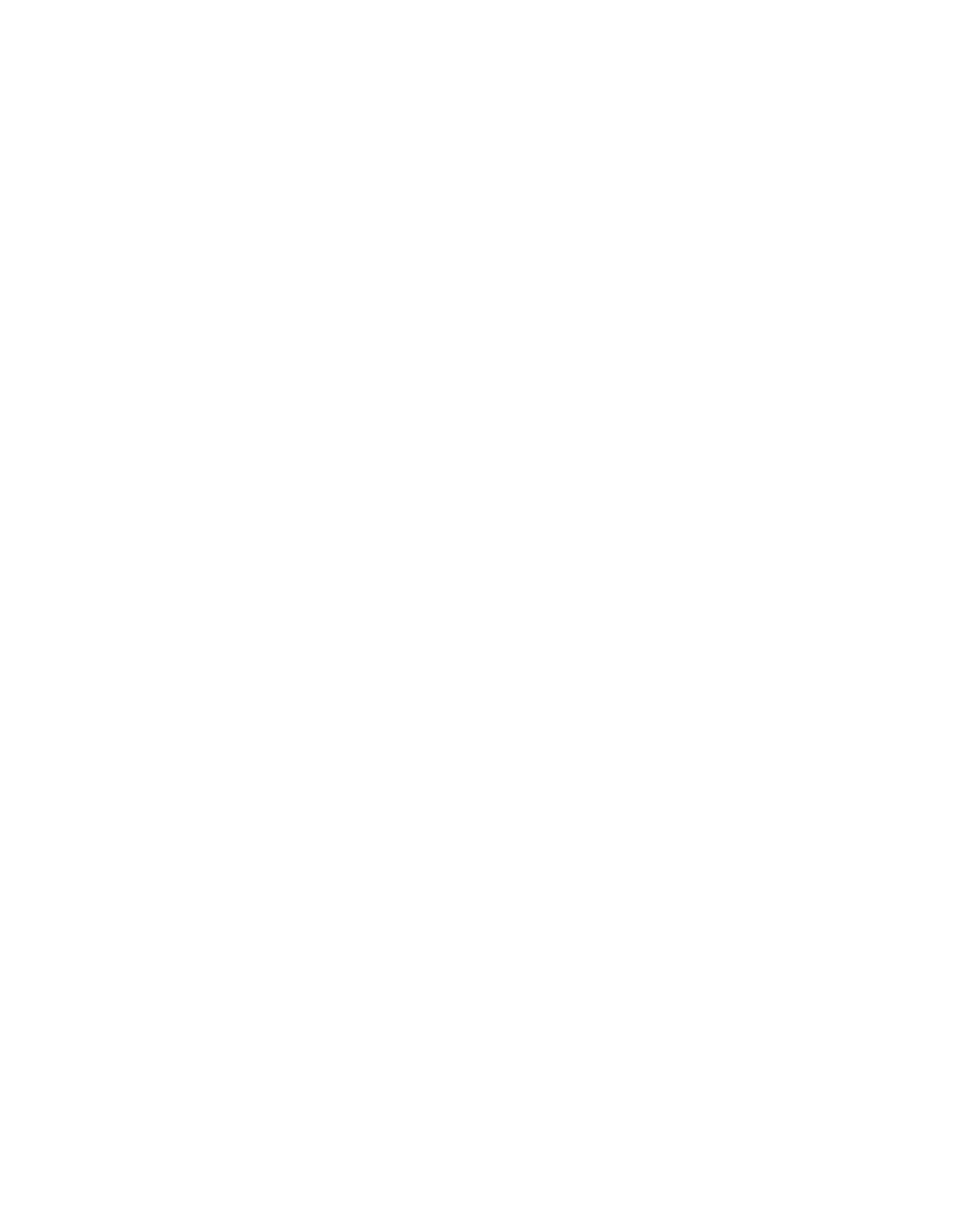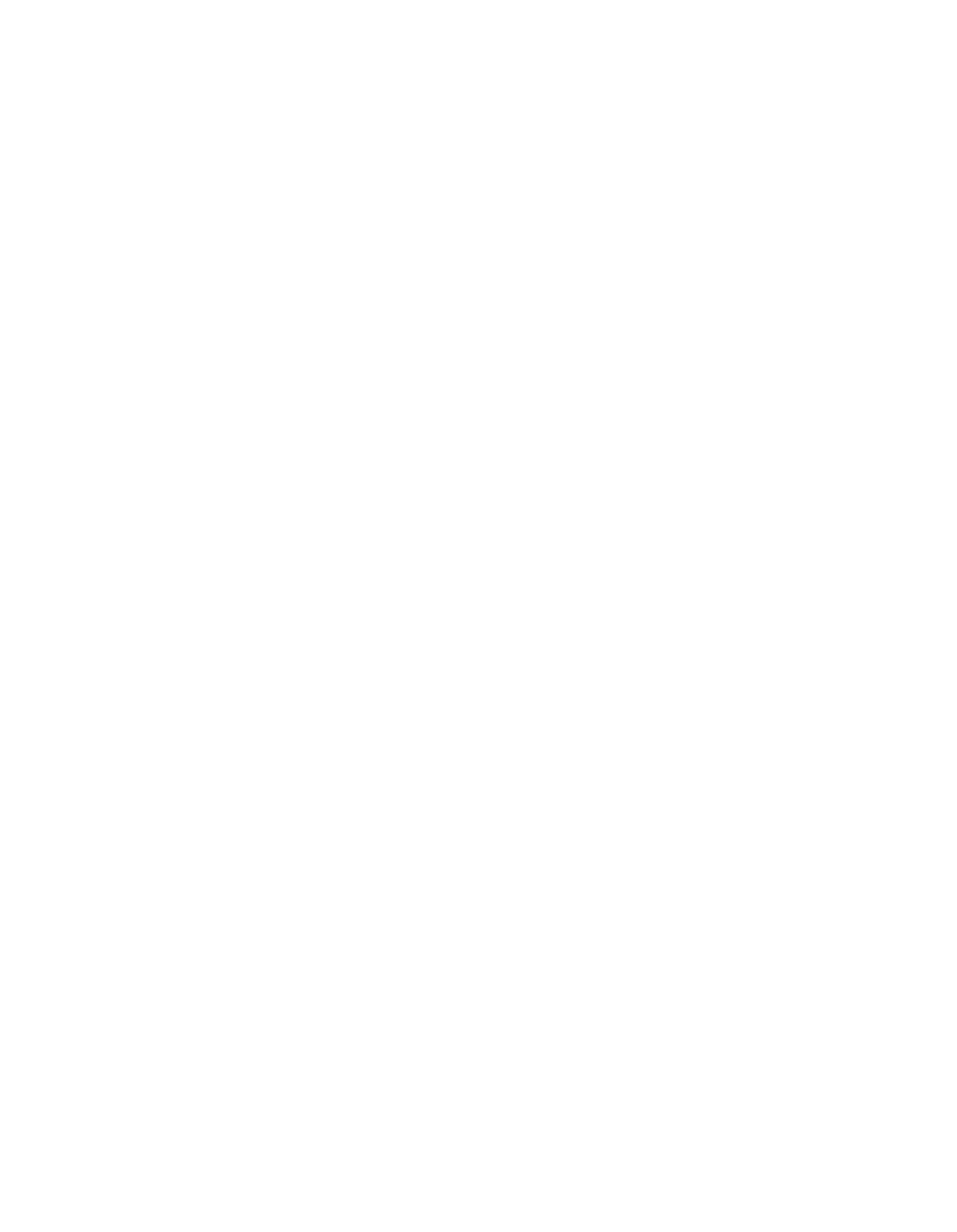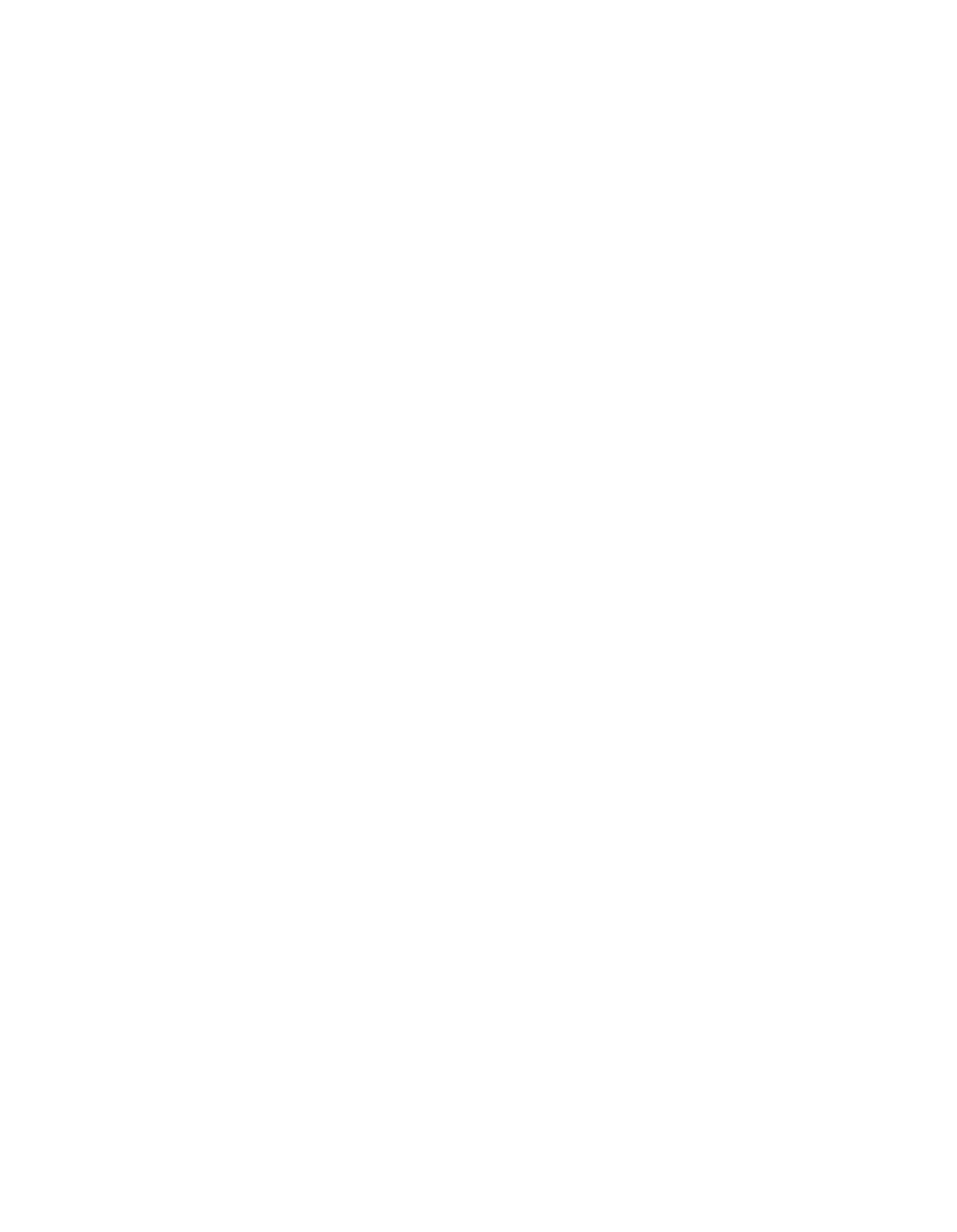ILLINOIS POLLUTION CONTROL BOARD
March 11,
1992
IN THE MATTER OF:
)
)
AMENDMENTS TO 35
ILL. ADM.
)
R91-35
CODE SUBTITLE B: AIR
)
(Rulemaking)
POLLUTION PN—1O AMBIENT LIMITS
)
AND
EPISODE REGULATIONS;
)
35
ILL.
ADM. CODE 212,
243
)
and 244
)
)
Proposed Rule.
Second Notice.
OPINION AND ORDER OF THE BOARD
(by B.
Forcade):
On November 19,
1991,
the Illinois Environmental Protection
Agency
(“Agency”)
filed this proposal for rulemaking.
The Board
accepted the proposal for hearing on November
27,
1991.
The
Board also accepted the Agency’s certification that this
rulemaking
is federally required pursuant to Section 28.2 of the
Environmental Protection Act
(“Act”)
(Ill. Rev.
Stat.
1991,
ch.
111 1/2,
par. 1028.2),
as amended by P.A. 86—1409.
On December
13,
1991, the Board received a Motion to Amend
the Proposal filed by the Agency, seeking to amend Section
212.424 to correct an inadvertent nonsubstantive error which was
included in the original proposal filed by the Agency in R91-6.
The error was not discovered until the rule was filed and
effective.
The Agency seeks to amend this proposal as Section
212
is open in this docket and “it would be expedient to make
this correction
in this docket”.
(Ag. Not.
2).
The Board
granted the Agency’s motion,
on December
19,
1991 and sent the
proposal to first notice.
The Board held two hearings on this proposal one in Chicago
on January 28,
1992 and one in Springfield on January 30,
1992.
The Agency presented testimony in Chicago supporting its
proposal.
In addition to the Agency, representatives of the
Illinois Steel Group spoke at both hearings
in support of the
rulemaking.
The Board also received public comments from the Steel Group
as well as the Agency.
In addition, the United States
Environmental Protection Agency (USEPA),
the Department of Energy
and Natural Resources and the Administrative Code Division of the
Secretary of State’s Office also filed comments.
Today the Board sends the proposal to second notice.
The
Board will not substantively amend the proposal at this time.
The Board finds that the record supports the adoption of the rule
as proposed by the Agency.
131—411
2
The Board notes that the Clean Air Act, as amended on
November 15,
1990,
requires Illinois to adopt and submit a state
implementation plan
(SIP)
for PM-b
by November
15,
1991.
(42
U.S.C.
§
75l3a).
According to the Agency’s statement of reasons
in support of this proposal, the PM-l0 standards were adopted by
The United States Environmental Protection Agency
(USEPA)
on July
1,
1987.
Additionally, the Clean Air Act Amendments of 1990,
which established the November 15,
1991 deadline for submittal of
a PM-10
SIP, were signed into law on November 15,
1990.
However,
the Agenpy did not submit this proposal to the Board until
November 19,
1991,
4 days after the November 15 deadline for
submittal to USEPA.
The Board will proceed with this rulemaking.
as expeditiously as possible, while conforming with the
requirements imposed by statute.
DISCUSSION
The Board today sends the proposal to second notice, making
only minor changes which are discussed below and making changes
requested by the Administrative Code Unit.
The Board finds that
the Agency adequately supported its proposal and established that
the proposal was economically reasonable and technically
feasible.
In addition the Board notes the regulated industry
agreed with the proposed limitations and indicated support for
the proposal overall.
This proposal is intended to regulate particulate matter
with an aerodynamic diameter less than or equal to a nominal
10
micrometers, which
is known as PM—lU.
The proposal represents
one part of Illinois’ submittal of a complete state
implementation plan
(SIP)
for the control of PM-b
emissions.
Pursuant to Section 189
of the Clean Air Act,
as amended in
1990,
Illinois is to adopt and submit its plan by November 15,
1991.
This proposal
is directed at state wide implementation of PM-b
regulations.
The Board
is currently considering a proposal to
control PM-la
in the McCook and Lake Calumet areas
in Cook County
and to the Granite City area in Madison County
(R9l-22).
Also,
the Board has completed
a regulation to control PM—b
in the
Oglesby area
in LaSalle County,
in docket R91—6.
On July
1,
1987
(52 FR 24634), the United States
Environmental Protection Agency
(USEPA)
revised the National
Ambient Air Quality Standards
(NAAQS)
for particulate matter.
The revision replaced the use of total suspended solids
(TSP)
with PM-b.
The USEPA set a primary 24-hour PM-b
standard of
150 micrograms per cubic meter, with no more than one exceedence
allowed per year.
The annual PM-b
standard was set at a level
of 50 micrograms per cubic meter,
in the form of an annual
arithmetic mean.
The USEPA also revised recjuirernentswith respect to
emergency episodes.
“Episodes are periods
of extremely high
131—412
3
concentrations of specific air contaminants,
i.e.,
‘significant
harm levels’ well in excess of the NAAQS that are caused by
unusual weather patterns.”
(Tr.
1
p.
13).
The Agency stated
that such patterns prevent normal dispersion of air contaminants
that can only be prevented by extraordinary emission reducing
actions.
(Tr.
1 p.
13).
The regulations set forth what steps
are taken during such periods to prevent the occurrence of
significant harm.
The USEPA adopted 600 micrograms of PM-la per
cubic meter as a 24—hour average as the significant harm level.
This proposal adopts the USEPA standards for Illinois.
In addition to the change from TSP levels to PM-lU, the
Agency is attempting in this proposal to:
1.
address present and proposed USEPA
stipulations regarding the interstate
transport of air contaminants, particularly
ozone precursor, during episode conditions,
and
2.
respond to the National Weather Service
decision to discontinue the routine issuance
of air stagnation advisories.
The existing language of 40 CFR 51.151 requires the State
Implementation Plan to contain contingency plans for Air Quality
Control Regions, some of which Illinois shares with other states.
The contingency plans are to “provide for taking action necessary
to prevent ambient pollution concentrations at ~
location
in
such region from reaching (significant harm levels).
(Emphasis
supplied.)”
(Tr.
1 p.
17).
Therefore, the Agency has proposed
amendments to Section 244.107 which remove any ambiguity in the
current episode regulations as to whether emission reductions can
be required in Illinois based on out—of-state episode levels
caused by Illinois sources.
The proposed amendments also allow yellow alert,
red alert
or emergency stages to be required in one geographical area
because of air contaminant concentrations in another area,
if
a
determination is made by the Director of the Agency that such
actions are necessary.
The proposal does not alter the requirement that an episode
must be declared when either:
1)
an Air Stagnation Advisory.
(ASA)
is declared by the National Weather Service; p~2)
certain
pollutant specific air contaminant levels occur
in an Air Quality
Control Region that includes part of Illinois.
However, the
National Weather Service has discontinued the routine issuing of
ASAs due to extensive air pollutant monitoring instrumentation
statewide.
Episodes can be declared at virtually any location on
the basis of actual monitoring data rather than just because of a
weather forecast.
131—413
4
The Agency further stated that:
The Agency therefore anticipates that nearly
all future episodes will be declared on the
basis of specific pollutant levels rather
than just because of a general potential for
high air pollution,
and proposes that the
first episode stage always be termed an
“advisory” rather than a “watch”.
The Agency
will therefore be “advising” that elevated
pollutant levels have already occurred rather
than “watching” to see if they do occur.
The
proposed amendments accordingly delete all
references to “watch” and require that the
pollutant-specific notification provisions of
Section 244.168 include advisories as well as
alerts and emergencies.
(Tr.
1
p.
17).
The Agency has also included
1)
a reference to the Agency
in
general
in the episode notification requirement, rather than to
the Agency’s Emergency Action Center; and
2)
a change
in the
ozone advisory level from
a 2-hour ozone concentration to a 1—
hour ozone concentration of 0.12 parts per million.
The episode notification requirement is being amended by
deleting reference to the Agency’s Emergency Action Center
because that center
is now concerned only with accidental spills
and other incidents involving the sudden release of toxic or
otherwise hazardous contaminants into the environment.
The
Agency’s Ambient Air Monitoring Section currently has primary
technical responsibility for determining the presence of air
pollution episodes caused by the effect of unusual atmospheric
conditions on routine air emissions.
The Agency stated that the advisory level change from a 2-
hour to a 1—hour concentration of ozone at 0.12 parts per million
(ppm)
or more is considered minor and its effect will be almost
negligible.
The Agency explained that no advisory can be
declared at the 0.12 PPM b-hour level unless conditions are such
that there is a reasonable expectation of the same or higher
concentrations on the following calendar day.
The Agency
believes that such an expectation
is an almost certain guarantee
that
a b-hour 0.12 ppm or greater concentration will persist into
the next hour.
Therefore,
the Agency believes that there should
be no more advisories declared at the 1—hour ozone advisory level
than at the current 2—hour level.
In addition to the amendment discussed above,
the Agency
proposal incudes revisions to two rules which control particulate
emissions for certain iron and steel sources.
The Agency stated
that these rules were being proposed for two reasons:
13 1—414
5
Firstthe Blast Furnace Cast House rule responds
to the USEPA’s disapproval of the current Illinois
rule while the Coke Oven Quenching rule responds
to the USEPA’s conditional approval of the current
Illinois rule.
Second, these rules, which were
initially developed to control total suspended
particulate emissions,
also control PM-b
to the
extent necessary to form the basis of the State
Implementation Plan for PM-iC.
(Attachment
1 p.
1)
The Agency stated and the Steel Group agreed that these
amendments represent the current industry standard.
The industry
is already meeting the emission levels set forth in the proposal
or is prepared to meet the standards.
Therefore,
industry
supports the proposal.
(Tr.
1 p.
37,
48;
Tr.
2 p.
11 and 17).
The Board notes that there is one issue which was raised at
hearing which bears further comment.
The Agency and the
representatives from the Steel Group were asked about -the
definition of “opening” as used in this regulation.
Mr. Moore
testified that his understanding of “opening”
is that:
“openings
that are intended in the regulations are the normal openings that
are found at various buildings,
in particular roof monitors are
surely openings and other traditional openings.
What is not
intended to be encompassed by the word opening is
a small hole
or, you know,
a crack in the building that may have not been
there very long and doesn’t let much material out.”
(Tr.
I p.
39-40).
Mr. Krikau testified that:-
“the steel industry’s
opinion that the word opening means such things as roof monitor,
ventilators, windows that don’t have any glass
in it,
open doors.
Things
of that nature, which is an opening of some substantial
size.
What it doesn’t mean to us
is an opening where a bolt has
come out of
a piece of sheathing that is holding the side walls
together or
a seam on the side of the building that has split
open or something of that •nature, which is minor in size.”
(Tr.
b p. 49-50).
Given this testimony,
the Board finds that
“opening” as used in this rule means openings such as roof
monitors, ventilators, windows without glass.
The Board finds
that opening does not mean openings such as cracks, bolt holes or
other inadvertent spaces in the roof.
TECHNICAL FEASIBILITY AND ECONOMIC REASONABLENESS
In discussing the technical feasibility and economic
reasonableness of the amendments regarding the episode portions
of the proposal the Agency stated that:
The proposed episode aniendnTents will have no
effect whatsoever on the technical
feasibility of the current regulations
because they call for no new kinds of
13
1—415
6
actions,
nor do they eliminate any previously
required actions.
(Tr.
1 p.
30)
In addition the Agency further indicated that the proposal
will have “an immeasurable effect on the frequency of air
pollution advisories,
yellow alerts, red alerts and emergencies.”
(Tr.
1 p.
30).
In fact,
the Agency believes that the proposal
will reduce the likelihood of particulate episodes.
(Tr.
1 p.
30)
The’ Agency also explained that
it is unlikely that Illinois
will have increased episodes resulting only from high out-of-
state pollutant concentrations.
The Agency bases its belief on
past history showing that “no episode stage in Illinois has ever
been declared based only on out—of—state concentrations.”
(Tr.
1
p.
31)
With regard to the amendments dealing with the blast furnace
cast house and by—product coke plant quenching operations,
the
Agency indicated that no new economic constraints would be added.
As previously stated,
the affected industry is meeting the
standards or will be meeting the standards.
In addition, these
proposed amendments are necessary to meet federal requirements.
The Agency also stated that:
“irnprovements
completed in the
past few years have reduced the particulate emission levels and
allowed
RACT
demonstration for these facilities.”
(Attachment
1
p.
9).
SUMMARY
OF CHANGES TO THE RULE
The Board made several nonsubstantive changes to the rule in
response to public comments received including comments from the
Agency and the Administrative Code Division.
Those changes
included deleting the reference to 40 CFR 60.675 in Section
2b2.445 and deleting all references to “watch” in Part 244.
The
Board also corrected the citation to the Standard Methods for the
Examination of Water and Wastewater in Part 212.
In addition,
the Board corrected a citation to Section 244.168
in Appendix D
and deleted the word “prohibited”
in paragraph
5 of the section
entitled “Yellow Alert”.
The Board also inserted the word “Red”
in paragraph
4
of the last sentence in the section entitled “Red
Alert”.
The Board also updated statutory citations and amended
citations and the Table of Contents to conform with
Administrative Code requirements.
CONCLUSION
The Board finds that the Agencyhas adequately supported its
proposal and the Board will proceed t-~Second Notice making only
the changes indicated
in this Opinion and further changes
requested by the Administrative Code Unit.
131—416
7
ORDER
The Board directs the Clerk of the Board to cause the filing
of the following with the Joint Committee on Administrative Rules
to begin the Second Notice Period for this rulemaking:
TITLE 35:
ENVIRONMENTAL PROTECTION
SUBTITLE B:
AIR POLLUTION
CHAPTER I:
POLLUTION CONTROL BOARD
SUBCHAPTER
c:
EMISSION STANDARDS AND
LIMITATIONS FOR STATIONARY
SOURCES
PART 212
VISIBLE AND PARTICULATE MATTER EMISSIONS
SUBPART A:
GENERAL
Section
212.100
Scope and Organization
212.110
Measurement Methods
212.111
Abbreviations and Units
212. 112
Definitions
212.113
Incorporations by Reference
SUBPART B:
VISIBLE EMISSIONS
Section
212.121
Opacity Standards
212.122
Limitations for Certain New Sources
212.123
Limitations for All Other Sources
212.124
Exceptions
212.125
Determination of Violations
212.126
Adjusted Opacity Standards Procedures
SUBPART
D:
PARTICULATE MATTER EMISSIONS FROM INCINERATORS
Section
212.181
Limitations for Incinerators
212.182
Aqueous Waste Incinerators
212.183
Certain Wood Waste Incinerators
212.184
Explosive Waste Incinerators
212.185
Continuous Automatic Stoking Animal Pathological Waste
Incinerators
SUBPART
E:
PARTICULATE MATTER EMISSIONS
FROM FUEL COMBUSTION EMISSION SOURCES
Section
212.201
Existing Sources Using Solid Fuel Exclusively Located
in the Chicago Area
134—U7
8
212.202
Existing Sources Using Solid Fuel Exclusively Located
Outside the Chicago .Area
212.203
Existing Controlled Sources Using Solid Fuel
Exclusively
212.204
New Sources Using Solid Fuel Exclusively
212.205
Existing Coal-fired Industrial Boilers Equipped with
Flue Gas Desulfurization Systems
Sources Using Liquid Fuel Exclusively
Sources Using More Than One Type of Fuel
Aggregation of Existing Sources
Village of Winnetka Generating Station
SUBPART K:
FUGITIVE PARTICULATE MATTER
Section
212.301
212.302
212.304
212.305
212.306
212.307
212.308
212.309
212.310
212.312
212.313
212.314
212.315
Section
Section
212.361
Fugitive Particulate Matter
GeOgraphical Areas of Application
Storage Piles
Conveyor Loading Operations
Traffic Areas
Materials Collected by Pollution Control Equipment
Spraying or Choke-Feeding Required
Operating Program
Minimum Operating Program
Amendment to Operating Program
Emission Standard for Particulate Collection Equipment
Exception for Excess Wind Speed
Covering for Vehicles
SUBPART
L:
PARTICULATE MATTER EMISSIONS
FROM PROCESS EMISSION
SOURCES
SUBPART
N:
FOOD MANUFACTURING
Corn Wet Milling Processes
SUBPART 0:
PETROLEU1~REFINING, PETROCHEMICAL AND
CHEMICAL MANUFACTURING
Section
212.381
Catalyst Regenerators of Fluidized Catalytic Converters
SUBPART Q:
STONE,
CLAY,
GLASS AND CONCRETE MANUFACTURING
Section
212.206
212.207
212.208
212.209
212.321
212.322
212.323
New Process Sources
Existing Process Sources
Stock Piles
13 1—418
9
New Portland C~rnentProcesses
Portland Cement Manufacturing Processes
Emission Limits for Portland Cement the Manufacturing
Plant Located
in LaSalle County,
South of the Illinois
River
212.424
Fugitive Particulate Matter Control for the Portland
Cement Manufacturing Plant and Associated Quarry
Operations Located in LaSable County,
South of the
Illinois River
SUBPART R:
PRIMARY AND FABRICATED METAL PRODUCTS AND
MACHINERY MANUFACTURE
Section
212.441
212.442
212.443
212.444
212.445
212.446
212.447
212.448
212.449
212.450
212.451
212.452
212.455
212 .456
212.457
Section
212.461
212.462
212.463
Section
212.681
Steel Manufacturing Processes
Beehive Coke Ovens
By-Product Coke Plants
Sinter Processes
Blast Furnace Cast Houses
Basic Oxygen Furnaces
Hot Metal Desulfurization Not Located in the BOF
Electric Arc Furnaces
Argon—Oxygen Decarburization Vessels
Liquid Steel Charging
Hot Scarfing Machines
Measurement Methods
Highlines on Steel Mills
Certain Small Foundries
Certain Small Iron-melting Air Furnaces
SUBPART
S:
AGRICULTURE
Grain Handling and Drying in General
Grain Handling Operations
Grain Drying Operations
SUBPART
T:
CONSTRUCTION AND WOOD PRODUCTS
Grinding, Woodworking, Sandblasting and Shotblasting
212.Appendix A Rule into Section Table
212.Appendix B Section into Rule Table
212.Appendix C Past Compliance Dates
2l2.Illustration A: Allowable Emissions from Solid Fuel
Combustion Emission Sources Outside Chicago
2l2.Illustration
B: Limitations for
a-lb New Process Emission
Sources
212.Illustration C: Limitations for all Existing Process Emission-
Sources
212.421
212.422
212.423
131—419
10
AUTHORITY:
Implementing Section 10 and authorized by Section 27.
of the Environmental Protection Act (Ill.
Rev.
Stat.
l99b,
ch.
111 1/2,
pars.
1010 and 1027).
SOURCE:
Adopted as Chapter
2:
Air
Pollution, Rules
202 and 203:
Visual and Particulate Emission Standards and Limitations,
R71—23,
4 PCB
191,
filed and effective April
14,
1972; amended in
R77—15,
32 PCB 403,
at
3
Ill. Reg.
5,
p.
798, effective February
3,
1979; amended in R78—lO,
35 PCB 347,
at
3
Ill. Reg.
39,
p.
184, effective September
28,
1979; amended
in R78-11,
35 PCB 505,
at
3
Ill’.
Reg.
45,
p.
100,
effective October 26,
1979; amended in
P78—9,
38 PCB 411,
at
4 Ill. Reg.
24,
p.
514,
effective June
4,
1980; amended in R79—1l,
43 PCB 481,
at
5
Ill. Reg.
11590,
effective October
19,
1981;
codified at
7
Ill. Reg.
13591;
amended in R82-l
(Docket A),
10 Ill. Peg.
12637, effective July
9,
1986; amended in P85—33 at 10 Ill.
Peg.
18030, effective
October
7,
1986; amended
in R84—48 at
11 Ill.
Reg.
691,
effective
December
18,
1986; amended in R84-42 at lb
Ill. Reg.
1410,
effective December 30,
1986;
amended in P82-i
(Docket B)
at 12
Ill.
Reg.
12492, effective July 13,
1988; amended
in P91-6 at
15
Ill.
Peg.
15708, effective
October
4,
1991;
amended in P89-7(B)
at 15
Ill.
Reg.
17710, effective November 26,
1991; amended
in
R9l—22 at
_____
Ill.
Peg.
________,
effective
_______________
amended in R91-35 at
_____
Ill.
Reg.
________
effective
________________
SUBPART A:
GENERAL
Section 212.113
Incorporations by Reference
The following materials are incorporated by reference.
These
incorporations do not include any later amendments
or editions.
a)
Ringelmann Chart,
Information Circular
833
(Revision of
IC7718), Bureau
of Mines,
U.S.
Department of Interior,
May
1,
1967.
b)
40 CFR 60, Appendix A (1990)
(1991)
1)
Method
1:
Sample and.Vebocity Traverses for
Stationary Sources;
2)
Method
1A:
Sample and Velocity Traverses for
Stationary Sources with Small Stacks or Ducts;
3)
Method
2:
Determinati~onof Stack Gas Velocity and
Volumetric Flow Rate
(Type S pitot tube);
4)
Method 2A:
Direct Measurement of Gas Volume
131—420
Through Pipes and Small Ducts;
5)
Method 2C:
Determination of Stack Gas Velocity
and Volumetric Flow Rate in Small Stacks or Ducts
(Standard Pitot. Tube);
6)
Method 2D:
Measurement of Gas Volumetric Flow
Rates in Small Pipes. and Ducts;
7)
Method
3:
Gas Analysis for Carbon Dioxide,
Oxygen,
Excess Air, and Dry Molecular Weight;
8)
Method
4:
Determination of Moisture Content in
Stack Gases;
9)
Method
5:
Determination of Particulate Emissions
From Stationary Sources;
10)
Method
9:
Visual Determination of the Opacity of
Emissions from Stationary Sources;
11)
Method
22:
Visual Determination of Fugitive
Emissions from Material Sources and Smoke
Emissions from Flares.
c)
40 CFR 51 Appendix M (1990):
1)
Method 201:
Determination of PM-b
Emissions;
2)
Method 201A:
Determination of PM-b
Emissions
(Constant
Sampling Rate Procedure).
d)
40
CFR
60.672(b),
(c)
,
(d) and
(e)
(1990)
(1991)
e)
40 CFR 60.675(c)
and
(d)
(1990)
(1991).
f)
ASAE Standard 245.2, Section 9,
Basis for Stating
Drying Capacity of Batch and Continuous-Flow Grain
Dryers,
American Society of Agricultural
Engineers,
2950 Niles Road,
St.
Joseph, MI 49085.
g)
U.S. Sieve Series, ASTM-E11, American Society of
Testing Materials,
1916 Race Street, Philadelphia,
PA
19103.
h)
55FR
41546,
(October 12,
1990), Method 202:
Determination of Condensible Particulate Emissions from
Stationary
Sources.
jj
Standard Methods for the Examination of Water and
Wastewater, Section
209C,
“Total Fibtrable Residue
Dried
at 103
—
105°C
“
1~5
15th
Edition
1980
American
13 1—421
12
(Source:
Amended at
16 Ill. Reg.
effective
______________
SUBPART
Q:
STONE,
CLAY, GLASS AND CONCRETE MANUFACTURING
Section 212.424
Fugitive Particulate Matter Control for the
Portland Cement Manufacturing Plant and
Associated
Quarry
Operations
Located
in
LaSalle County,
South of the Illinois River.
a)
Applicability.
This section shall apply to the
portland cement
manufacturing
plant
in operation before
September
1,
1990 and associated quarry operations
located in LaSalle County,
south, of the Illinois River.
Associated quarry operations are those operations
involving the removal and disposal of overburden,
and
the extraction,
crushing,
sizing,
and transport of
limestone and shale for usage at the Portland cement
manufacturing plant.
This Section shall not become
effective until April 30,
1992.
b)
Applicability of Subpart K of this Part.
This
Section
shall not alter the applicability of Subpart K:
Fugitive Particulate Matter.
C)
Fugitive Particulate Matter Control Measures For
Roadways at the Plant.
1)
For the unpaved access roadway to the Illinois
Central Silos Loadout, the owner or operator shall
spray a 30 percent solution of calcium chloride
once
every
16
weeks
at
an
application
rate
of
at
least
1.58
liters
per
square
meter
(0.35
gallons
per
square
yard)
followed
by
weekly
application
of
water at a rate of at least 1.58 liters per square
meter
(0.35 gallons per square yard).
This
subsection shall not apply after the roadway is
paved.
2)
The owner or operator of the Portland cement
manufacturing plant shall keep written records
in
accordance with subsection
(e) of this Section
d)
Fugitive Particulate Matter Control Measures for
Associated Quarry Operations.
1)
For the primary crusher, the primary screen,
the
#3 conveyor from the primary screen to the surge
pile,
and the surge pile feeders to the #4
conveyor, the owner or operator shall spray a
131—422
13
chemical foam spray of at least
1 percent solution
of
chemical
foaming
agent
in
water
continuously
during
operations
at
a
rate
of
at
least
1.25
biters
per
megagram
(0.30
gallons
per
ton)
of
rock
processed.
2)
The
owner
or
operator
shall
water
all
roadways
traveled
by
trucks
to
and
from
the
primary
crusher
in
the
process
of
transporting
raw
limestone
and
shale
to
the
crusher
at
an
application
rate
of
at
least
0.50
biters
per
square
meter
(0.10
gallons
per
square
yard)
applied
once
every
eight
hours
of
operation
except
under
conditions
specified in
subsection
(d) (3)
below
Watering
shall
begin
within
one
hour
of”~
encement of truck traffic
each day.
3)
Subsection
(d) (2)
above shall be followed at all
times except under’the following circumstances:
A)
Precipitation is occurring such that there
are no visible emissions or
if precipitation
occurred during the previous
2 hours such
that there are no visible emissions;
B)
If the ambient temperature is
less than or
equal
to
0°C
(32°F);or
C)
If
ice
or
snow
build—up
has
occurred
on
roadways such that there are no visible
emissions.
4)
The
owner
or
operator
of
the associated quarry
operations shall keep. written records in
accordance with subsection
(e)
of this Section
e)
Recordkeeping and Reporting
1)
The
owner
or
operator
of
any
portland
cement
manufacturing
plant
and/or
associated
quarry
operations
subject
to
this Section shall keep
written
daily
records
relating,
to
the
application
of each of the fugitive particulate matter control
measures
required
by
this
Section.
2)
The
records
required
under
this
Section shall
include at least the following:
A)
the name and address of the plant;
B)
the
name
and
address
of
the
owner
or
operator
of
the
plant
and
associated
quarry
131—423
14
operations;
C)
a map or diagram showing the location of all
fugitive particulate matter sources
controlled
including
the
location,
identification,
length,
and
width
of
roadways;
D)
for
each application of water or calcium
chloride
solution,
the
name
and
location of
the roadway controlled,
the water capacity of
each
truck,
application
rate
of
each
truck,
frequency of each application, width of each
application,
start and stop time of each
application,
identification
of
each
water
truck used, total quantity of water or
calcium chloride used for each application,
including
the
concentration
of
calcium
chloride used for each application;
E)
for application of chemical foam spray
solution,
the application rate and frequency
of application,
name of foaming agent,
and
total quantity of
solution used each day;
F)
name
and
designation
of
the
person
applying
control measures; and
G)
a log recording all failures to use control
measures required by this Section with
a
statement explaining the reasons for each
failure and,
in the case of
a failure to
comply with the roadway watering requirements
of subsection
(d) (2) of this Section,
a
record showing that On
Of the circumstances
for exceptions listed
in subsection
(d) (3)
~
this
Section
existed
during
the
period
of
the
failure
Such
record
shall
include,
for
example, the periods of time when the
measured temperature was less than or equal
to 0°C,(32°F)
3)
Copies of all records required by this Section
shall be submitted to the Agency within ten
(10)
working days of a written request by the Agency.
4)
The records required under this Section shall be
kept and maintained for at least three
(3)
years
and shall be available for inspection and copying
by Agency representatives during working hours.
5)
A quarterly report shall be submitted to the
131—424
15
Agency
stating
the
following:
the
dates
required
control
measures
were
not
implemented,
the
required
control
measures,
the
reasons
that
the
control
measures
were
not
implemented,
and
the
corrective
actions
taken.
This
report
shall
include
those
times
when
subsection
(e
d)
of
this
Section
is
involved
This
report
shall
be
submitted
to
the
Agency
30
calendar
days
from
the
end
of
a
quarter.
Quarters
end
March
31,
June
30,
September
30,
and
December
31.
(Source:
Amended
at
16
Ill.
Peg.
_________,
effective
1~
SUBPART R:
PRIMARY
AND FABRICATED METAL
PRODUCTS AND MACHINERY MANUFACTURE
Section 212.443
By-Product Coke Plants
a)
Subpart
B
shall
not
apply
to
by-product
coke
plants.
b)
Charging:
1)
Uncaptured
Emissions
A)
No
person
shall
cause
or
allow
the
emission
of
visible
particulate
matter
from
any
coke
oven
charging
operation,
from
the
introduction
of
coal
into
the
first
charge
port,
as
indicated
by
the
first
mechanical
movement
of
the
coal
feeding
mechanism
on
the
larry
car,
to
the
replacement
of
the
final
charge
port
lid
for
more
than
a
total
of
125
seconds
over
5
consecutive
charges;
provided
however
that
1
charge
out
of
any
20
consecutive charges may be deemed an
uncountable
charge
at
the
option
of
the
operator.
B)
Compliance
with
the
limitation
set
forth
in
subsection
(A)
abQve
shall
be
determined
in
the
following
männe
1)
Observation
of
charging
emissions
shall
be
made
from
any
point
or
points
on
the
topside
of
a
coke
oven
battery
from
which
a
qualified
observer
can
obtain
an
unobstructed
view
of
the
charging
operation.
ii)
The
qualified
observer
shall
time
the
13 1—425
16
visible emissions with a stopwatch while
observing the charging operation’.
Only
emissions from the charge port and any
part
of
the
larry
car
shall
be
timed.
The observation shabl commence as soon
as
coal
is
introduced
into
the
first
charge
port
as
indicated
by
the
first
mechanical
movement
of
the
coal
feeding
mechanism
on
the
larry
car
and
shall
terminate
when
the
last
charge
port
lid
has
been
replaced.
Simultaneous
emissions
from
more
than
one
emission
point
shall
be
timed
and
recorded
as
one
emission
and
shall
not
be
added
individually
to
the
total
time.
iii)
The
qualified
observer
shall
determine
and
record
the
total
number
of
seconds
that
charging
emissions
are
visible
during
the
charging
of
coal
to
the
coke
oven.
iv)
For
each
charge
observed,
the
qualified
observer
shall
record
the
total
number
of seconds of visible emissions, the
clock
time
for
the
initiation
and
completion of the charging operation and
the
battery
identification
and
oven
number.
v)
The
qualified observer shall not record
any
emissions
observed
after
all
charging
port
lids
have
been
firmly
seated
following
removal
of
the
larry
car,
such
as
emissions
occurring
when.
a
bid
has
been
temporarily
removed
to
permit spilled coal to be swept into the
oven.
vi)
In
the
event
that
observations
from
a
charge
are
interrupted
the
data
from
the
charge
shall
be
invalidated
and
the
qualified
observer
shall
note
on
his/her
observation
sheet
the
reason
for
invalidating
the
data.
The
qualified
observer
shall
then
resume
observation
of
the
next
consecutive
charge
or
charges
and
continue
until
a
set
of
five
charges
has
-been
recorded.
Charges
immediately
preceding
and
following
interrupted
observations
shall
be
considered
consecutive.
131—426
17
2)
Emissions
from
Control
Equipment
A)
Emissions
of
particulate
matter
from
control
equipment
used
to
capture
emissions
during
charging
shall
not
exceed
0.046
gm/dscm
(0.020
gr/dscf).
Compliance
shall
be
determined
in
accordance
with
the
procedures
set
forth
in
40
CFR
60,
Appendix
A,
Methods
1-5
as
regulations
promulgated
by
the
U.S.
Environmental
Protection
Agency
under
Section
111
of
the
Clean
Air
Act
(42
USC
7411)
as
amended
incorporated
by
reference
in
Section
212.113.
THE
PROVISIONS
OF
SECTION
111
OF
THE
CLEAN
AIR
ACT
.
.
.
RELATING
TO
STANDARDS
OF
PERFORMANCE
FOR
NEW
STATIONARY
SOURCES
ARE
APPLICABLE
IN
THIS
STATE
AND
ARE
ENFORCEABLE
UNDER
(THE
ENVIRONMENTAL
PROTECTION
ACT).
(ILL.
REV.
STAT.
1991,
CH.
111—1/2,
PAR.
1009.1(b)).
B)
The
opacity
of
emissions from control
equipment
shall
not
exceed
an
average
of
20,
averaging the total number of readings taken.
Opacity readings shall be taken at 15-second
intervals from the introduction of coal into
the first charge port as indicated by the
first
mechanical
movement
of
the
coal
feeding
mechanism on the larry car
to, the replacement
of the final charge port lid.
Compliance,
except for the number of readings required,
shall
be
determined
in
accordance
with
40
CFR
60,
Appendix
A,
Method
9,
as
regulations
promulgated
by
the
U.S.
Environmental
Protection Agency under Section
111
of
the
Clean Air Act
(42 USC 7411),
as amended
incorporated
by
reference
in Section 212.113.
THE
PROVISIONS
OF
SECTION
111
OF
THE
CLEAN
AIR
ACT.
.
.
RELATING
TO
STANDARDS
OF
PERFORMANCE
FOR
NEW
STATIONARY
SOURCES
.
ARE
APPLICABLE
IN
THIS
STATE
AND
ARE
ENFORCEABLE
UNDER
(THE
ENVIRONMENTAL
PROTECTION
ACT)
(ILL~. MV~.
STAT
1~1,
CII
111-1/2k
PAL.
1003~1(b))Seotion
9
1(b)
of
the
C)
Opacity
readings
of
emissions
from
control
equipment
shall
b~ taken
concurrently
with
observations
of
fugitive
particulate
matter.
Two
qualified
observers
shall
be
required.
13 1—427
18
3)
Qualified
observers
referenced
in subsection
(b)
of
this
Section
shall
be
certified
pursuant
to
40
CFP~60
Appendix
A,
Method
9,
as
regulations
promulgated
by
the
U.S.
Environmental
Protection
Agcncy
under
Section
111
of
the
Clean
Air
Act
(42
USC
7411),
as
amended
incorporated
by
reference
in
Section
212.113.
THE
PROVISIONS
OF
SECTION
111
OF
THE
CLEAN
AIR
ACT
.
.
.
RELATING
TO
STANDARDS
OF
PERFORMANCE
FOR
NEW
STATIONARY
SOURCES
.
.
.
ARE
APPLICABLE
IN
THIS
STATE
AND
ARE
ENFORCEABLE
UNDER
(THE
ENVIRONMENTAL
PROTECTION
ACT)
(ILL
1~EV
STAT
~91~
CH~
1~-lJ2~,
rAr~.
1009~1(b)~Section
~
c)
Pushing:
1)
Uncaptured
Emissions
A)
Emissions of fugitive particulate matter from
pushing operations shall not exceed an
average of 20
opacity for
4
consecutive
pushes considering the highest average of six
consecutive readings in each push.
Opacity
readings shall be taken at 15-second
intervals,
beginning from the time the coke
falls
into
the
receiving
car
or
is
first
visible
as
it emerges from the coke guide
whichever
occurs
earlier,
until
the
receiving
car
enters
the
quench
tower
or
quenching
device.
For
a
push
of
less
than
90
seconds
duration,
the
actual
number
of
15—second
readings
shall
be
averaged.
B)
Opacity
readings
shall
be
taken
by
a
qualified
observer
located in a position
where
the
oven
being
pushed,
the
coke
receiving
car
and
the
path
to
the
quench
tower
are
visible.
The
opacity
shall
be
read
as
the
emissions
rise
and
clear
the
top
of
the
coke
battery
gas
mains.
The
qualified
observer
shallrecord
opacity
readings of
emissions
originating
at
the
receiving
car
and
associated
equipment
and
the
coke
oven,
including
the
standpipe
on
the
coke
side
of
the
oven
being
pushed.
Opacity
readings
shall
be
taken
in
accordance
with
the
procedures
set
forth
in
40
CFR
60,
Appendix
A,
Method
9,
except
that
Section
2.5
for
data
reduction
shall
not
be
used.
The
qualified
observer
referenced
in
this
subsection
shall
be
certified
pursuant
to
40
CFR
60,
Appendix
A,
Method
9,
as
regulatiOns promulgated by
13 1—428
19
the
U.S.
Environmental
Protection
Agency
under
Section
111
of
the
C~1c~rni
Air
Act
(42
USC
7411),
as
amended
incorporated
by
reference
in
Section
212.113.
THE
PROVISIONS
OF
SECTION -111
OF
THE
CLEAN
AIR
ACT
RELATING
TO
STANDARDS
OF
PERFORMANCE
FOR
NEW
STATIONARY
SOURCES
.
.
.
ARE
APPLICABLE
IN
THIS
STATE
AND
ARE
ENFORCEABLE
UNDER
THE
ENVIRONMENTAL
PROTECTION
ACT)
(ILL.
flEV
~TAT~
~
Off.
Ui
1/~
~RR~
_____________________________________________________________
2)
Emissions from Control Equipment
A)
The particulate emissions from control
equipment
used
to control emissions during
pushing
operations
shall
not
exceed
0.040
pounds
per
ton
of
coke
pushed.
Compliance
shall
be
determined
in
accordance
with
the
procedures
set
forth
in
40
CFR
60,
Appendix
A,
Methods
1-5,
as
regulations
promulgated
by
the
U.S.
Environmental
Protection
Agency
under
Section
111
of
the
Clean
Air
Act
(42
USC
7411),
as
amended
incorporated
by
reference
in
Section
212.113.
THE
PROVISIONS
OF
SECTION
111
OF
THE
CLEAN
AIR
ACT
RELATING
TO
STANDARDS
OF
PERFORMANCE
FOR
NEW
STATIONARY SOURCES
.
.
.
ARE APPLICABLE
IN
THIS
STATE
AND
ARE
ENFORCEABLE UNDER
THE
ENVIRONMENTAL
PROTECTION
ACT.
‘f-I~-L.
RE~-~-
STAT.
~2~I
CH.
111
1/2,
PAR.
10O0.~b~+Section
9.1~b)
of
the
Act.
Compliance
shall
be
based
on
an
arithmetic
average
of
three
runs
(stack
tests)
and
the
calculations
shall
be
based
on
the
duration
of
a
push
as
defined
in
subsection
(c)
(1)
(A)
B)
The opacity of emissions from control
equipment used to control emissions during
pushing
operations
shall
not
exceed
20.
For
a push of less than six mjnutes duration,
the
actual
number
of
15—second
readings
taken
shall be averaged.
Compliance shall be
determined
in
accordance
with
40
CFR
60,
Appendix
A,
Method
9,
as
regulations
promulgated
by
the
U.S.
Environmental
Protection
Agency
under
Section
111
of
the
Clean
Air
Act
(42
USC
7411),
as
amended
incorporated by reference in Section 212.113.
THE PROVISIONS OF SECTION 111 OF THE CLEAN
AIR ACT
.
.
.
RELATING
TO
STANDARDS
OF
131—429
20
PERFORMANCE FOR NEW STATIONARY SOURCES
.
ARE APPLICABLE IN THIS STATE
AND ARE
ENFORCEABLE UNDER
THE
ENVIRONMENTAL
PROTECTION ACT
-fI~YLSREV
ETAT~
1991,
CII.
Ill 1f~,t’Afl
1OtEL1(b))Section
9 1b~
of the
Section
.5
~O
CFR
Ap~éñd
Method
9 for data reduction shall not be used
for
pushes
of less than six minutes duration.
d)
Coke Oven Doors:
1)
No person shall cause or allow visible emissions
from more than 10
of
all
coke oven doors at any
time.
Compliance shall be determined by a one
pass
observation
of
all
coke
oven
doors
on
any
one
battery.
2)
No person shall cause or allow the operation of
a
coke
oven
unless
there
is
on
the
plant
premises
at
all
times
an
adequate
inventory of spare coke oven
doors
and
seals
and
unless there
is a readily
available coke oven door repair facility.
e)
Coke Oven Lids:
No person shall cause or allow visible
emission from~morethan
5
of
all
coke
oven
lids at any
time.
Compliance shall be determined by a one pass
observation of all coke oven lids.
f)
Coke Oven Offtake Piping:
No person shall cause or
allow visible emissions from more than 10
of all coke
oven offta.ke piping at any time.
Compliance shall be
determined
by
a
one
pass
observation
of
all
coke
oven
offtake
piping.
g)
Coke
Oven
Combustion
Stack:
No
person
shall
cause
or
allow
the
emission
of
particulate
matter
from
a
coke
oven
combustion
stack
to
exceed
110
mg/dscm
(0.05
gr/dscf)
h)
Quenching
1)
All
coke
oven
quench,
towers
shall
be
equipped
with
grit
arrestors
or
equipment
of
comparable
effectiveness.
Baffles
shall
cover
95
or
more
of
the
cross
sectional
area
of
the
exhaust
vent
or
stack
and
must
be
maintained.
~e
Quench
make-up
water
shall
not
directly
include
untreated
coke
by-product plant effluent.
All water placed on
the coke being quenched shall be quench water.
2)
Total dissolved solids concentrations in the
quench
make
up
water
shall
not
exceed
a
weekly
131—430
21
average
of
1200
1500
mg/b.
Provided
however
that
the
limitations
on
the
quality
of
quench
make-up
water
shall
not
apply
where
the
operator
employs
an equivalent method of control as determined by
the
Agency.
~j
The
quench
water
shall
be
sampled
for
total
dissolved solids concentrations in accordance with
the
methods specified
in Standard Methods for the
Examination of Water and Wastewater.
Section 209C,
“Total Filtrable Residue Dried at 103
—
105°C”
1985
15th
Edition~.
1~80~incorporated
by r~f’erence
in
Section
212
113
Analyses
shall
be
performed
grab
a.ra~’1’és Of
the
quench
wa.ter
as
applied
to
the
coke.
Samples
shall
be
collected
a
minimum
of
five
days
per
week
per
quench
tower
and
analyzed
to
report
a
weekly
concentration.
The
samples
for
each
week
shall
be
analyzed
either:
jj,
separately,
with
the
average
of the
individual
daily
concentrations determined
or
~jJJ,,
as
one
composite
sample,
with
equal
volumes
of
the
individual
daily
samples
combined
to
form the composite sample,
j),,
The records required under this subsection shall
be
kept
and
maintained
for
at
least
three
(3)
years
and
upon
prior
notice
shall
be
available
for
inspection
and
copying
by
Agency
representatives
during
work
hours.
i)
Work
Rules:
No
person
shall
cause
or
allow
the
operation
of
a
by—product
coke
plant
except
in
accordance
with
operating
and
maintenance
work
rules
approved
by
the
Agency.
(Source:
Amended
at
16
Ill.
Reg.
_____,
effective
__________
Section 212.445
Blast Furnace Cast Houses
,~j
Uncaptured Emissions
jj~,
Emissions of fugitive particulate matter from any
opening
in
a
blast
furnace
cast
house
shall
not
exceed
20
opacity
on
a 6—minute rolling average
basis
beginning
from
initiation
of
the
opening
of
the
tap
hole
up
to
the
point
where
the
iron
and
slag
stops
flowing
in
the
trough.
21
Opacity
readings
shall
be
taken
in
accordance
with
131—431
22
the
observation
procedures
set
out
in
40
CFR
Part.
60,
Appendix
A
Method
9
~nd
40
CFR
60.675(o)
t~nd
4
(1991),
incorporated
by
rëfer’ênde
in
SectiOn
212.113.
~j
Emissions
from
Control
Equipment
fl
Particulate
emissions
from
control
equipment
used
to
collect
any
of
the
emissions
from
the
tap
hole,
trough,
iron
or
slag
runners
or
iron
or
slag
spouts
shall
not
exceed
0.023
gm/dscm
(0.010
gr/dscf).
Compliance
shall
be
determined
in
accordance
with
the
procedures
set
out
in
40
CFR
60,
Appendix
A,
Methods
1-5
(1991),
incorporated
by
reference
in
Section
212.113,
and
shall
be
based
on
the
arithmetic
average
of
three
runs.
Calculations shall be based on the duration of
a
cast defined in çar~c~raphsub~ecti~n(a) (1) above
21
The opacity of emissions from control equipment
used to collect any of the emissions from the tap
hole,
trough,
iron or slag runners or iron or slag
spouts shall not exceed 10
on
a 6—minute rollinq’
average basis.
Opacity readings shall be taken in
accordance’ with the observation procedures set out
in
40 CFR Part
60, Appendix A, Method
9,
~d4O
CPfl 60 675 (a~
and
~d)
(1991)
incorporated by
réferénce
ñ”Section 212.113.
Particuiatc matter emissions rrom tric ~iast iurn~.~
casting operation into the’ ambient air shall not exceed
the allowable emission rate specified
in Section
212.321, calculated and measured as
follows:
-1-)-
For
purposes
of
this
rule,
the
casting
operation
for
each
furnace
shall
be
considered
as
a
ocparatr
operation
and
the
process
weight
(“F”)
in
the
calculation
shall
be
the
total
weight
of
the
iron
and
slag
entering
the
cast
house
during
the
casting
operation.
a-)-
Measurement
method.
~iication.
ims
test
n~occdurc
shall
be
used
to
determine
compl~ancc with
this
s~4~i~(a)
,
Blact
Furnacc.
Cast
Houses.
Li
LHC
UflLLCU
~u~cs
~nvironmcn~ui
i’rOLCcLiOfl
Agency
(UCEPA)
adopts
a
test
procedure
to
sample
particulate
emissions
from
blast
furnace
cast
houses,
that
test
procedure
may
be
substituted
for
the
one
specified
in
this
paragraph
upon
publication
in
the
Federal
‘-,
13 1—432
23
Register.
B-)-
Measurement
Equipment
for
this
Test
Procedure.
The
measurement
equipment
used
for
this
test
procedure
shall
consist
of
the
following:
4+
High
Volume Air
flit
4-)-
Sampling Time Duration:
Sampling and
opacity observations will initiate
with
the opening of the
tap
hole
and
terminate
with
the
plugging
of
the
tap
hole.
Opacity Ob
-
observations
of
the
monitor particulate
tc~trun3byu3c of thcUSEPA T~cthod9
Procedure
(40 CFR 60, Appendix A, Method
9,
42 Fed. Reg.
41754
(August 18.
1977))
iii) Number of Test Runs:
The average
of six
complete sampling runs during normal
operating conditions will be the minimum
required to determine compliance with
this subsection
(a).
4~)- Sampled Emission:
During the test
pLr±UU,
p~LLLiUU.LULC
CJ1U.~i1O1~
LLUJ.U
LI1L~
casting operation shall be directed into
13 1—433
1
~
SI,.
p.
—
the determi~.~..of cast nouse
particulate emission concentrations.
shall be
Velocity measurements
determined by the usc of
a suitable
in~trumcntdesigned for the accurate
44-)-
iii)
1
u~ric~
rm
1
U)
1
T.
I
1)
fl
U)
I
V
U~
I
J
11
I
TI
I
U~
L’
I
r.
fl
I
U)
r.
flf~
range encountered during the sampling
duration.
Temperature measurements shall
be
determined
by
the
use
of
a
suitable
iristrumcnt’designed for the accurate
determination of temperature within the
range encountered during the sampling
duration.
ast
house
roof
missions into the
24
the cast house to the extent feasible
and shall
not
create
an
unsafe
or
hazardous condition.
Those emissions
in
and/or directed to the cast house shall
be allowed to escape only at sampling
area locations.
Cc-mpliance with this
requirement shall be determined by an
agency—certified observer, and any
significant visible emission from the
cast house any place other than
a
sampling location will invalidate the
test.
i’-)-
Sampler Locations:
Samplers shall be
located as close as practicable to the
discharge point
of
the cast house
emissions to the atmosphere and shall
be
oriented in the direction of the air
flow.
The sampler grid pattern shall be
divided up such that the cross sectional
area per sampler shall not exceed 9.29
square meters
(100 square feet).
If
necessary to insure representative
samples,
the Agency may specify an area
‘of
less than 9.29 square meters
(100
square feet).
Each sampler shall be
located at the approximate center of
each sampling area.
The concentration
of particulate matter as determined by
each sampler shall be considered as the
concentration for each respective area.
v4-)-
Velocity Measurement Locations:
Velocity measurements shall
be made as
close as possible to each sampling point
1r~tir~ii
‘jifhr-Inf
ir~tr’rfr”rinn
tjith
thr’
vii)
viii)
measurement.
The average velocity
measured at each sampling point for the
entire sample run shall be used as the
average velocity for each entire sampler
area respectively.
Temperature Measurement Locations:
The
same as velocity measurement locations.
Emission
Exhaust
Pressure
Measurements:
This pressure shall
be considered the barometric
pressure as measured at the cast
house
floor.
4~- Recording of
Operating
Parameters:
The
131—434
25
following
information
shall
be
recorded
for those casts tested:
material charge
opcratiu9 turn during which cast hpu~.e
tests arc performed;
cast weights,
total
~rc’igh
t of iron piu~
~1-~ri
entering
t.hr~
~f
h
r~
~i
r’
‘r
..-~
sampled; all information contained in
blast furnace casting logs or other
cdmiThr
rr,r~n-rri~i ~
nf
thr~
trmn
hn1c~
,
‘r~
rc
r\r~,’
-r
~
r
-i
r~r~
drill
bit
used
~or
each
cast
and
the
length of the tap hole for each previous
cast.
s-)-
Calculations.
Macs Emission Rate
(lbs/hr):
The mass emission rate
(lbs/hr)
for each test
run shall consist of the sum of the mass
emissions as determined per each sample area.
Should the sample time duration be greater
than one hour, the ratio calculated for~,one
hour divided by the sample time duration
(hours)
shall be multiplied by the sum of the
mass
~m4~iinn~
to obtain the nounds ncr hour
rate.
b-)-
Provided, however, that subsection
(a)
above shall
not apply at the option of the operator if the
operator has installed and is operating and
maintaining collection equipment designed to
collect a minimum of fifty percent (50~)of
particulate matter emissions from the tap hole,
the trough to the skimmers and the iron spouts.
Such emissions shall: be evacuated to pollution
control equipment.
Emissions from said pollution
control
r~rniir~mr-~nt
shall not exceed
4C
lnrf/dscm
(0.02 gr/dscf).
(Source:
Amended
at
16
Ill.
Reg.
_____,
effective
_________
TITLE
35:
ENVIRONMENTAL
PROTECTION
SUBTITLE B:
AIR POLLUTION
CHAPTER
I:
POLLUTION CONTROL BOARD
SUBCHAPTER
1:
AIR QUALITY STANDARDS
AND
EPISODES
PART 243
AIR QUALITY STANDARDS
SUBPART
A:
GENERAL
PROVISIONS
Section
243.101
Definitions
13 1—435
wcight3 to the blast furnace for the
26
243.102
243.103
243.104
243. 106
243.107
243.108
Section
243.120
243.121
243.122
243.123
243.124
243.125
243.126
Preamble
Applicability
Nondegradation
Monitoring
Reference Conditions
Incorporations by Reference
SUBPART B:
STANDARDS AND MEASUREMENT METHODS
P14—10
Particulatcs
(Repealed)
Sulfur Oxides (Sulfur Dioxide)
Carbon Monoxide
Nitrogen Dioxide
Ozone
Lead
243.Appendix A Rule into Section Table
243.Appendix B Section into Rule Table
243.Appendix C Past Compliance Dates
AUTHORITY:
Implementing Section 10 and authorized by Section 27
of
the
Environmental Protection Act
(Ill.
Rev.
Stat.
1991,
ch.
111
1/2,
pars.
1010
and~1’027).
SOURCE:
Adopted as Chapter
2:
Air Pollution,
Part
III:
Air
Quality Standards,
in
R7l—23,
4
PCB 191,
filed and effective
April
14,
1972;
amended in
R80—ll,
46 PCB
125,
at
6
Ill.
Reg;
5804,
effective
April
22,
1982;
amended in R82—l2,
at
7
Ill.
Reg.
9906,
effective August
18,
1983; codified at
7
Ill. Reg.
13630;
amended
in R91-35 at 16
Ill. Reg.
_____,
effective
_____________
SUBPART
A:
GENERAL PROVISIONS
Section
243.108
Incorporations by Reference
The following materials are incorporated by reference.~T.hese
incorporations:
a-)-
High
volume
sampler
method,
40
CFR
50,
Appendix B
(1982),
36 Fed.
Reg.
22388, November
25,
1971.
ab)
Pararosaniline method,
40 CFR 50, Appendix A
(1982).
be)
(Non-dispersive infrared spectrometry technique,
40 CFR
50, Appendix C
(1982),
36
Fed.
Reg.
22391, November 25,
1971.
c~)
Colorimetric
method,
36
Fed.
Reg.
22396,
November
25,
13 1—436
27
1971.
~e)
Ozone-ethylene reaction method,
40
CFR
50,
Appendix D
(1982),
36 Fed.
Reg.
22392, November 25,
1971.
e-f-)
Lead 40 CFR 50, Appendix G
(1982),
43 Fed. Reg. 46258,
October
5,
1978,
as amended at
44 Fed. Reg.
37915, June
29,
1979;
46
Fed.
Reg. 44163,
September
3,
1981.
.fj
Reference method for the determination of particulate
matter
as PM-b
in the atmosphere,
40 CFR 50, Appendix
J
(1990)
gj
Interpretation
of
the
national
ambient
air
quality
standards
for
particulate
matter,
40
CFR
50, Appendix K
(1990)
(Source:
Amended
at
16
Ill.
Reg.
____,
effective
__________
SUBPART
B:
STANDARDS AND MEASUREMENT
METHODS
Section 243.120
PM—b
~j
Standards.
The ambient air quality standards for PM-lU
are:
fl
An annual arithmetic mean concentration of 50
micrograms
per
cubic meter; and
21
A
maximum
24—hour
concentration
of
150
micrograms
per
cubic meter, not to be exceeded more than once
per year.
~
Measurement
Method.
For
determining
conformance
with
the
P14-10 ambient air quality standards,
P14-10
shall be
measured by the method described in 40 CFR 50, Appendix
J (incorporated by reference
in Section 243.108).
The
computations necessary for analyzing particulate matter
data to determine attainment of the PM—b
standards are
described in 40 CFR
50,
Appendix K
(incorporated
by
reference in Section 243.108).
(Source:
Added at 16
Ill. Reg
,
effective
________
on 24s.l2l
Particulates
a-)-
Primary Standards.
The primary ambient air quality
standards for narticulate matter are:
-i-)-
An annual
geometric mean concentration of 75
mic~ri~r~m~
‘ne~r
cubic
,r~t.c’~r
-mnd
-
131—437
28
—J
r~~-
2
—
_s
— ‘-~ —
—
(Source:
Section
Repealed
at
16
Ill.
Reg.
_______,
effective
________
TITLE
35:
ENVIRONMENTAL
PROTECTION
SUBTITLE
B:
AIR POLLUTION
CHAPTER
I:
POLLUTION
CONTROL BOARD
SUBCHAPTER
1:
AIR QUALITY STANDARDS AND EPISODES
PART
244
EPISODES
SUBPART
A:
DEFINITIONS
AND GENERAL PROVISIONS
Definitions
Responsibility
of
the
Agency
Determination of Required Actions
Determination of Atmospheric Conditions
Determination
of
Expected
Contaminant
Emissions
Monitoring
Determination
of
Areas
Affected
Failure to Comply with Episode Requirements
Sealing of Offenders
SUBPART B:
LOCAL AGENCY RESPONSIBILITIES
Section
244.121
Local Agency Responsibilities
Secondary
Standards’.
The
secondary ambient air quality
standards
for
particulate matter arc:
4-)-
An annual geometric mean concentration of 60
micrograms per cubic meter;
and,
-24-
A maximum 24-hour concentration not to be exceeded
more than once per year of 150 micrograms per
cubic meter.
Measurement Method.
For determining conformance with
particulate air quality standards, particulate matter
s-hall be measured by the high volume sampler method as
described in
40 CFR 50, Appendix B
(1982),
36 Fed.
Rcg.
22388.
November
2~
i~71
-
or
by
~n
niy~1~nt
m~thnd
244.101
244.102
244. 103
244.104
244.105
244.106
244.107
244.108
244.109
131—438
29
Requirement for Plans
Facilities for which, Action Plans are Required
Submission of Plans
Contents of Plans
Processing Procedures
SUBPART
D:
EPISODE STAGES
Section
244.161
244.162
244.163
244.164
244.165
244. 166
244.167
244.168
244.169
WatchAdvisory,
Alert
and
Emergency
Levels
Criteria
for
Declaring an Advisory or Watch
Criteria
for
Declaring
a
Yellow
Alert
Criteria
for
Declaring
a
Red
Alert
Criteria
for
Declaring
an
Emergency
Criteria for Terminating WatchAdvisory, Alert and
Emergency
Episode Stage Notification
Contents of Episode Stage Notification
Actions During Episode Stages
244.Appendix A Rule into Section Table
244.Appendix B Section into Rule Table
244.Appendix C Past Compliance Dates
244.Appendix D Required Emission Reduction Actions
AUTHORITY:
Implementing
Section
10
and
authorized
by
Section
27
of the Environmental Protection Act
(Ill.
Rev. ‘Stat.
1991,
ch.
111
1/2,
pars.
1010
and
1027).
SOURCE:
Adopted as
Rules
102
through
114,
in
R70—7,
1
PCB
101,
filed
and
effective December 8,
1970; renumbered as Chapter
2:
Air Pollution,
Part IV:
Episodes,
in R72—6,
5 PCB 183,
filed and
effective August 18,
1972;
amended in R80—11,
45 PCB 577,
at
6
Ill. Reg.
5804,
effective ‘April 22,
1982; codified at
7
Ill. Reg.
13632; amended in R9b—35 at
16
Ill. Reg.
_______,
effective
______
SUBPART A:
DEFINITIONS AND GENERAL PROVISIONS
Section
244.101
Definitions
All
terms which appear in this Part have the definitions
specified
by
this
Part
and
35
Ill.
Adm.
Code
201
and
211.
“Air Stagnation Advisory”:
a special bulletin issued
by the National Weather Service entitled “Air
Stagnation Advisory,” which is used to warn air
‘pollution control agencies that stagnant atmospheric
conditions are expected which could cause increased
SUBPART
C:
EPISODE ACTION PLANS
Section
244. 141
244.142
244.143
244.144
244.145
131—439
30
concentrations
of
air
contaminants
near
the
ground.
“btu”:
British thermal unit.
“COH”:
Coefficient of Haze ~pcr i,uuu iinear
LCCL).
Particulate
matter
as
measured
by the automatic paper
tape sampler method and reported as COH’s.
When
particulate matter is recorded on
a weight per unit
volume basis,
the conversion
1 COH equals 125
micrograms per cubic meter shall be employed.
“Episode”:
the period of time at a location
in which
an air pollution watch advisory, yellow alert,
red
alert or emergency has been declared.
“Fleet Vehicle”:
any one of three or more vehicles
operated for the transportation of persons or property
in the furtherance of anycommercial or industrial
enterprise,
for—hire or not—for—hire.
“Indirect Source”:
any building, facility, plant,
auditorium or other structure, or combination thereof,
or any street, road, or highway or airport, which
causes or contributes to air pollution through the
attraction of~mobi1eair pollution emission sources.
“Level”:
the nlarinituac or
r-0iLu’cion
(r’vnrccscd
as
average concentration, COH or product)
of an air
contaminant during
a specified time period.
“Low Sulfur Fuel”:
any fuel containing 1.0
or less
sulfur by weight.
“Parking Lots”:
parking lots shall include all
lots,
areas,
buildings or facilities or portions of lots,
areas, buildings or facilities whose primary purpose is
for the temporary parking of motor vehicles.
“Product”:
the arithmetic product of the average
sulfur dioxide concentration in parts per million
(ppm)
during
a specified time period and the average
particulate concentration in COH’s during that same
specified time period.
(Source:
Amended at 16
Ill. Reg.
_______,
effective
___________
Section 244.106
Monitoring
a)
Monitoring stations used to determine advisory, watch,
alert or emergency levels shall be located according to
Federal ~guidelines for establishment of air quality
131—440
31
surveillance
networks
and
shall
use
measurement
methods
or equivalent methods as officially authorized by the
United States Environmental Protection Agency
(USEPA).
b)
Whenever any monitoring station registers air
contaminant
concentrations
in
excess
of
watch
advisory
or alert levels,
proper operation of the sampling
equipment at such stations shall be verified by the
Agency or local ~y
agency cooperating with the Agency
before the concentrations are used to declare any
advisory,
watch,
alert or emergency stage
(Source:
Amended at 16
Ill. Reg.
_______,
effective
____________
Section 244.107
Determination of Areas Affected
a)
An advisory or watch shall be declared for the entire
Illinois portion of any Air Quality Control Region if
any part of such region meets the advisory or watch
criteria.
When atmospheric conditions and contaminant
emissions in a region are such as to cause the advisory
or watch criteria to be met
in another region, an
advisory or wptch shall be declared for any Illinois
portion of both regions.
b)
An alert or emergency shall be declared for only those
portions of an advisory or watch area which meet the
applicable
criteria
of
Subpart
D
~f
this
Part or cause
such criteria to be met elsewhere”in’’I’llinb’is or in
another state.
When such criteria have been met,
sectors of the advisory or watch area requiring alert
or emergency actions shall. be defined depending upon
expected atmospheric conditions,
contaminant emissions
and dispersion analyses.
Alerts or emergencies shall
then be declared for one or more of these sectors.
(Source:
Amended at
16
Ill.
Reg.
_______,
effective
_______)
SUBPART B:
LOCAL AGENCY RESPONSIBILITIES
Section 244.121
Local Agency Responsibilities
Local air pollution control agencies shall cooperate with the
Agency in monitoring,
surveillance and enforcement activities to
the extent of their capabilities during any air pollution
episode.
This cooperation shall meet the following specific
conditions:
a)
Operation of Monitoring Equipment.
At any time other
than during an episode,
local agencies with real—time
131—441
32
monitoring equipment shall operate all such monitoring
equipment at a minimum level necessary to determine
whether any level of
air contaminants specified
in this
Part has been reached.
b)
Reporting Levels to Agency.
Such local agencies shall
report to the Agency Emergency Action Center within
thirty
(30) minutes by either telephone or telemetry
when any advisory, watch,
alert or emergency level
specified in this Part has been reached as indicated on
their air monitoring equipment.
c)
Operation of Telemetry Equipment.
Local agencies with
air contaminant sampling networks connected by
telemetry with the headquarters of the Agency shall
conduct their operations
in such a manner as to provide
valid data to the Agency.
d)
Agency Representatives
at
Local Agency Control Centers.
In regions where
local agencies are participating with
the Agency in episode control activities, one or more
Agency representatives may station themselves at the
control center of the local agency. during an air
pollution episode.
The Agency representatives shall
have authority to cause data to be transmitted by
telephone or other rapid form of communication to
Agency headquarters and after consultation with said
local agency to require the initiation,
alteration or
termination of control strategy by persons required to
take action under this Part as directed by the
Director.
e)
Local Agency Episode Operations Plan.
Local agencies
participating with the Agency in episode control
activities shall file for approval with the Agency an
episode operations plan which describes procedures for’
obtaining and processing episode action plans,
monitoring air contaminant levels during routine and
episode operations,
alerting the public, governmental
officials,
emission sources and other interested
parties of episode stages,
and performing surveillance
and enforcement activities during episodes.
(Source:
Amended at
16 Ill. Reg.
_______,
effective
________)
SUBPART D:
EPISODE STAGES
Section 244.161
Watch,
Advisory, Alert and Emergency Levels:
Averaging
Yellow
Red
Pollutant
Time
Advisory Watch
Alert
Alert
Emergency
131—442
33
Sulfur dioxide 2—hour
0.30
0.30
—-
——
—-
(ppm)
4—hour
——
0.30
0.35
0.40
Particulate
2-hour
420
—-
--
--
Matter
24-hour
--
3.0
5.0
7.0
(COH)
500
L~’o1
(ug/m3)
‘l
I-~
(sulfur
‘dioxide
y
n
iimi1~tc~
4-hour
2~L—hcmr
‘1.0
(L2fl
2.0
fl~fl
2
1
.4-
7fl
matter*
Carbon
Monoxide
2—hour
30
——
——
—-
(ppm)
8—hour
--
15
30
40
Ozone
2-hour
0.12
(ppm)
1—hour 0.12
0.20
0.30
0.50
Nitrogen
2-hour 0.40
0.40
--
--
--
dioxide
1-hour
—-
0.60
1.20
1.60
(ppm)
24—hour
——
0.15
0.30
0.40
(Source:
Amended at 16
Ill.
Reg.
_______,
effective
__________
Section 244.162
Criteria for Declaring an Advisory or
Watch
The Director or his/her designated representative shall declare
an air pollution watch or,
in the case of ozone, an advisory
whenever:
a)
An air stagnation advisory is received for any area within
the State; or
b)
Any advisory watch or yellow alert level
is equaled or
exceeded
at
any
monitoring
station;
~
c)
Atmospheric conditions,
or expected contaminant emissions,
are such that concentrations can reasonably be expected to
remain at or above the watch advisory or yellow alert
level for 24 or more hours; or
d)
For ozone,
atmospheric conditions,
or expected contaminant
emissions,
are such that concentrations can reasonably be
expected to reoccur at any advisory,
or yellow alert,
level
on the following calendar day.
(Source:
Amended at 16 Ill.
Reg.
_______,
effective
___________
131—443
34
Section 244.163
Criteria for Declaring a Yellow Alert
The Director or his/her designated representative shall declare a
yellow
alert
whenever:
a)
Any yellow alert level
is equaled or exceeded at any
monitoring station; and
b)
An air pollution advisory or watch has
been
in effect for
4
hours
in
the
area
for
which
the
yellow alert
is to be
declared;
and
c)
Atmospheric conditions,
or expected contaminant emissions,
are such that concentrations can reasonably be expected to
remain at or above the yellow alert level for
12 or more
hours;
or
d)
For ozone,
atmospheric conditions,
or expected contaminant
emissions,
are such that concentrations can reasonably be
expected to reoccur at a yellow alert level on the
following
calendar
day.
(Source:
Amended
at
l6~I’ll.
Reg.
______,
effective
___________
Section
244.166
Criteria
for
Terminating Watch Advisory,
Alert and Emergency
The Director
or’ his/her designated representative shall terminate
any watch advisory, alert or emergency stage when the applicable
level specified in Section 244.161 no longer prevails and when in
his/her judgment atmospheric conditions and expected contaminant
emissions are
such as to warrant discontinuance or lowering of
that watch advisory,
alert or emergency stage.
(Source:
Amended at
16 Ill.
Reg.
_______,
effective
____________
Section 244.167
Episode Stage Notification
Whenever an advisory,
a watch,
an alert or an emergency stage is
declared or terminated, the Agency or local agency designated by
the Agency shall notify:
a)
Concerned personnel of the Agency and of federal,
local
and other State agencies;
b)
Facilities required to make preparations or take actions
of major emission reducing consequence;
131—444
35
c)
The public by radio, television and other means of rapid
communication.
(Source:
Amended
at
16
Ill.
Reg.
_______,
effective
____________
Section 244.168
Contents of Episode Stage Notification
Notifications shall contain:
time and date of issuance, the
names of agencies or persons responsible for issuance and the
beg±nnin~and expected ending time of any watch advisory, alert
or emergency stage.
Alert and emergency nj~jotificationsshall
also contain details about the pollutant(s)
for which
notification is made,
such as maximum pollutant levels reached
and predicted, geographical areas affected,
specific
pollution-reducing instructions to the public and to direct or
indirect sources of air contaminants, as well as advice to
persons who may be affected by the elevated pollution levels.
(Source:
Amended at
16 Ill. Reg.
_______,
effective
____________
Section 244.169
Actions During Episode Stages
a)
Watch and Advisory-Actions.
When an air pollution advisory or watch is
in effect, the
Agency and local other agencies designated by the Agency
shall:
1)
Coordinate their activities and place their
operational staffs in a state of increased readiness
except that in the event of an ozone advisory the
Agency need not monitor on a 24 hour basis.
2)
Promptly verify, the operation of their
air
monitoring
instrument networks and monitor data from such
instrument networks during all periods when there
is
reasonable likelihood of yellow alert levels
occurring.
3)
Evaluate atmospheric conditions and contaminant
emissions data and monitor changes in such conditions
and data during all periods when there is reasonable
likelihood of yellow alert levels occurring.
b)
Yellow Alert,
Red Alert and Emergency Actions.
When a
yellow alert,
red alert or emergency is in effect,
personnel of the Agency,
local- agencies designated by the
Agency, direct and indirect emission sources and such
other persons
as are required to take actions according to
this Part shall take all actions required of them in
13 1—445
36
Appendix
D,
of this
Part insofar as such actions are
applicable to the declared episode stage and contaminant
or product for which the episode stage has been declared.
1)
Actions by local agencies designated by the Agency
shall
be in accordance with their episode operations
plan if such plan has been appr.oved by the Agency.
2)
Actions by direct or indirect sources of emissions
shall be
in accordance with their episode action plan
if such plan has been approved by the Agency.
(Source:
Amended at
16
Ill.
Reg.
_______,
effective
____________
Section 244 Appendix D
Required Emission Reduction
Actions~’
Sulfur Dioxide,
Particulate,
P14-10,
Product,
Nitrogen Dioxide, and-Carbon Monoxide
YELLOW ALERT
1)
The
Agency
shall
notify’
the
public
by
radio
and/or
television that a Yellow Alert. is
in effect;
that the
public
is required to take action in accordance with
these regulations; that the public is requested to
avoid the unnecessary use of automobiles and of
electricity; and
that persons suffering from
respiratory or heart conditions should take
appropriate
precautions.
2)
Electric power generating stations shall effect the
maximum feasible reduction of emissions by utilizing
fuels which have low ash content and less than 1.0
sulfur by weight
(1.5
in the case of fuel oil),
provided, however, that emission from such stations
shall
not
exceed
the
applicable
emission
standards
and
limitations
of 35 Ill.
Adm.
Code 214; by limiting soot
blowing and boiler lancing, where essential,
to
periods of maximum atmospheric turbulence;
by
diverting power generation to stations outside the
area for which the Alert
is in effect; or by any other
means approved by the Agency.
Such actions willbe
in
During each stage only those actions
which cause a reduction
of emissions of contaminants for which such stage has been declared
are required.
c.f.
35 Ill. Adm. Code 244.102 through 244.109, and
244. l63’(b~..:’8..:....
131—446
37
accordance with the Yellow Alert Plan if such plan has
been approved for that station.
3)
Facilities having fuel combustion emission source’s
with
a total rated capacity in excess of
10
million
btu/hr and burning coal and/or fuel oil shall reduce
emissions by utilizing fuels which have low ash
content and less than 1.0
sulfur weight
(1.5
in the
case of fuel oil) provided, however, that emissions
from~suchfacilities shall not exceed the applicable
emission standards and limitations of 35
Ill.
Adm.
Code 214; by limiting soot blowing and boiler lancing,
where essential,
to periods of high atmospheric
turbulence;
or by any other means approved by the
Agency.
If fuels
of low ash and sulfur content are
not available,
such facilities with the exemption of
residences, hospitals,
and other essential facilities
as designated by the Agency,
shall curtail fuel
burning to the maximum degree consistent with avoiding
injury to persons or severe damage to property. .Such
actions will be in accordance with the Yellow Alert
Plan
if such plan has been approved for that facility.
4)
Facilities engaged in manufacturing required to submit
Yellow Alert ~plans shall curtail or defer production
and allied
operations to the extent necessary to avoid
emissions in excess of those which would, be discharged
if the facility were operated in accord with the
limitations prescribed by the regulations limiting
emissions,
insofar as such reductions
can
be achieved
without creating injury to persons or severe damage to
property.
Such reductions shall be made notwithstanding any variance
or program of delayed compliance with the regulations,
and
shall be
in accord with the Yellow Alert plan if such plan
has been approved for that facility.
5)
All open burning and all incineration except as
provided below are provided prohibited
Certain
burning of explosive”ö’r pathological wastes may be
exempted from this restriction by the Agency in
writing upon specific written application.
6)
Incinerators meeting the emission standards and
limitations of this Chapter may be operated only
during the hours of maximum atmospheric turbulence as
designated by the Agency.
RED ALERT
1)
All actions required during the Yellow Alert shall be
13 1—447
38
continued.
2)
The Agency shall notify the public by radio and/or
television that a Red Alert
is in effect; that the
public
is required to take action in accordance with
these regulations; that the public
is requested to
avoid the unnecessary use of automobiles and of
electricity;
and that persons suffering from
respiratory or heart conditions should take
appropriate precautions.
3)
All incineration and all open burning are prohibited.
Certain burning of explosive or pathological wastes
may be exempted from these restrictions by the Agency
in writing upon specific written application.
4)
Facilities engaged in manufacturing and required to
submit Red Alert Plans shall curtail any production,
including the generation
of process steam,
which emits
contaminants
into the atmosphere,
to the greatest
extent possible without causing injury to persons or
severe damage to equipment.
Such action shall be
in
accordance with the ~d
Alert Plan if such plan has
been approved for that’ facility.
EMERGENCY
1)
All actions required during the Yellow Alert and Red
Alert shall be continued.
2)
The unnecessary use of electricity,
such as for
decorative or amusement purposes,
is
prohibited.
3)
The use of motor vehicles
is prohibited except for
essential uses such as police,
fire,
and health
services, delivery of food or essential
fuel, waste
collection,
utility or pollution control emergency
repairs,
and such comparable uses as may be designated
by authorized Highway and Law Enforcement Officials in
accordance
with
the
Illinois
Emergency
Highway
Traffic
Regulations Plan.
4)
All aircraft flights leaving the area of the Emergency
are forbidden except for reasons of public health or
safety as approved by the Agency
in advance.
5)
Buildings shall be maintained
at heated to
temperatures no greater than 65°F
except for hospitals
and for other buildings approved by the Agency for
reasons
of’ health or severe damage to property.
6)
All manufacturing activities shall be curtailed to the
131—448
39
greatest extent possible without causing injury
t’o
persons or severe damage to equipment.
7)
All
facilities
or
activities
listed
below
shall
immediately cease operations:
Mining and quarrying,
contract construction work,
and
wholesale
trade
establishments.
Schools,
except
elementary
schools
which
shall
close
at
the
end
of
the
normal
school
day
and
not
re-open
until
the
Emergency
is
terminated.
Government agencies except those needed to administer air
pollution alert programs and other essential agencies
determined by Agency to be vital for public safety and
welfare.
Retail trade stores except those dealing primarily in the
sale of food or pharmacies.
Real estate agencies,
insurance offices and similar
business.
Laundries,
cleaners and dryers,
beauty and barber shops
and photographic
studios.
Amusement and recreational service establishments such as
motion picture theaters.
Automobile repair and automobile service garages.
Advertising offices,
consumer credit reporting,
adjustment
and collecting agencies, printing and duplicating
services, rental agencies, and commercial testing
laboratories.
REQUIRED EMISSION REDUCTION ACTIONS
-
OZONE
-
1.
GENERAL
Yellow Alert
-
All
Advisory
Actions continue.
Government officials,
public and submitters of Action
Plans notified.
Red Alert
-
All Advisory and Yellow Alert actions
continue.
Government officials, public,
and submitters of Action
Plans notified.
Emergency
-
All Advisory,
Yellow Alert,
and Red Alert
131—449
40
actions continue.
Government
officials,
public,
and submitters of Actions
Plans notified.
2.
VEHICLES PARKING LOTS ROAD REPAIRS
Yellow Alert
—
Public requested to avoid the unnecessary
use of automobiles.
Red Alert
-
Fleet vehicles, other than mass transit
vehicles and vehicles used for the delivery of grocery and
pharmaceutical products, essential fuel,
for emergency
medical services and for such comparable uses as
designated by the Agency, immediately curtail operations
to the greatest extent possible in or into the area
affected by the Red Alert and cease operations on the
second calendar day of the Alert.
Parking lots for more than 200 vehicles,
except for lots
predominately
serving residences,
grocery stores,
medical
facilities,
rail,
bus and air transportation terminals,
lots provided by employers primarily for employees,
and
comparable lots as designated by the Agency shall
immediately
curtail
operations
and
close
on
the
seóond
calendar day of the Alert.
Road repair and maintenance not necessary for immediate
safety and which,
if suspended,
will expedite the flow of
vehicular traffic
is prohibited.
Emergency
—
Motor vehicle operation in or into the area
affected by the Emergency is prohibited except for
essential uses such as police,
fire,
and health services,
and comparable uses designated by the Illinois Emergency
Highway Traffic Regulation Plan.
All aircraft flights
leaving the area of the Emergency are forbidden except for
reasons of public health or safety.
3.
MANUFACTURING AND OTHER FACILITIES HAVING PROCESS
EMISSION
SOURCES
Yellow Alert
-
Facilities engaged in manufacturing review
operations and Action Plans,
inspect emission control
devices, determine areas of delayable operations; and from
such
steps
revise
operations
so
as
to
cause
greatest
feasible reduction in emissions short of adversely
affecting
normal
production.
Red Alert
-
All
facilities with process or fuel combustion
emission sources emitting a total of more than 100 tons
per year or 550
pounds
per
operating
day
of
organic
material or of nitrogen oxides,
and all other facilities
131—4~0
41
not
in
compliance
with
the
organic material and nitrogen
oxides emissions standards of Part
2 of this Chapter,
curtail all such sources to ,the greatest extent possible
short of causing injury to persons,
severe damage to
equipment,
or an increase in emissions.
Emergency
-
All operations curtailed to the greatest
extent possible short of causing injury to persons or
severe damage to equipment.
4.
ELECTRIC POWER GENERATORS AND USERS
Yellow Alert
-
Electric power generating stations burning
fossil fuels requested to reduce emissions
in and into the
affected area to the greatest extent practicable by
adjusting operations system wide or by any other means
approved by the Agency.
Public request to avoid unnecessary use of electricity.
Red Alert
—
Electric power generating stations burning
fossil fuels required to take’ all Yellow Alert Actions and
in addition discontinue power generation for economy sales
and
service
to
interruptable customers,
and maximize
purchase of avaiFable power.
Unnecessary use of electric,jty,
such as for decorative or
advertising purposes
is prohibited.
Emergency
—
Electric power generating stations burning
fossil fuel continue Yellow Alert and Red Alert actions
and,
in addition, effect the maximum feasible reduction of
emissions by reducing voltage 2.5
system wide,
purchase
all available emergency power, and requesting large
customers
(500 kw)
to reduce their electric demand or by
any other means approved by the Agency.
5.
OFFICES, BUILDINGS,
AND
OTHER COMMERCIAL AND SERVICES
OPERATIONS
Yellow
Alert
-
Public
requested
to
limit
space
heating
to
65°F,
air
conditioning
to
80°F.
Red
Alert
—
Public,
industrial
and
commercial
space
heating limited to 65°F,air conditioning to 80°Fexcept
for hospitals and for other buildings approved by the
Agency.
Governmental agencies except those needed to administer
essential programs close.
Schools close except elementary schools, which close at
131—45 1
42
the
end
of
the
normal
school
day
and
do
not
reopen
until
the Alert is terminated.
The
loading
of
more
than
250
gallons
of
volatile
organic
material into any stationary tank,
railroad tankcar, tank
truck,
or tank trailer is prohibited except where an
integral part of an industrial operation allowed during
Red Alert.
Emergency
—
All facilities or activities listed below
ii~tmediatelycease operations;
mining and quarrying,
contract construction work, wholesale trade
establishments,
retail trade stores except those dealing
primarily in the sale of food or pharmaceuticals,
real
estate agencies, insurance offices and similar businesses,
laundries,
cleaners and dryers,
beauty and barber shops
and photographic studios.
Amusement and recreational
service establishments such as motion picture theaters,
automobile repair and automobile service garages.
Advertising offices,
consumer credit reporting,
adjustment
and
collection
agencies,
printing
and
duplicating
services,
rental agencies and commercial testing
laboratories.
6.
REFUSE BURNERS
Yellow Alert
—
Governmental
or commercial installations
established primarily for the burning
of refuse shall
postpone delayable incinerations,
all other incineration
and all open burning prohibited.
Red Alert
-
All incineration prohibited.
(Source:
Amended at 16
Ill.
Reg.
_______,
effective
____________
IT IS SO
ORDERED.
I,
Dorothy
M.
Gunn,
Clerk of the Illinois Pollution
Control Board,
hereby certify that t~eabove Opinion and Order
was adopted on the
/T~ day of _________________________
1992 by
a vote of
7-~
/
~
~
.~,//,
~
~
~--
1
Dorothy N. ,~1nn, Clerk
Illinois P~llutionControl Board
131—452
